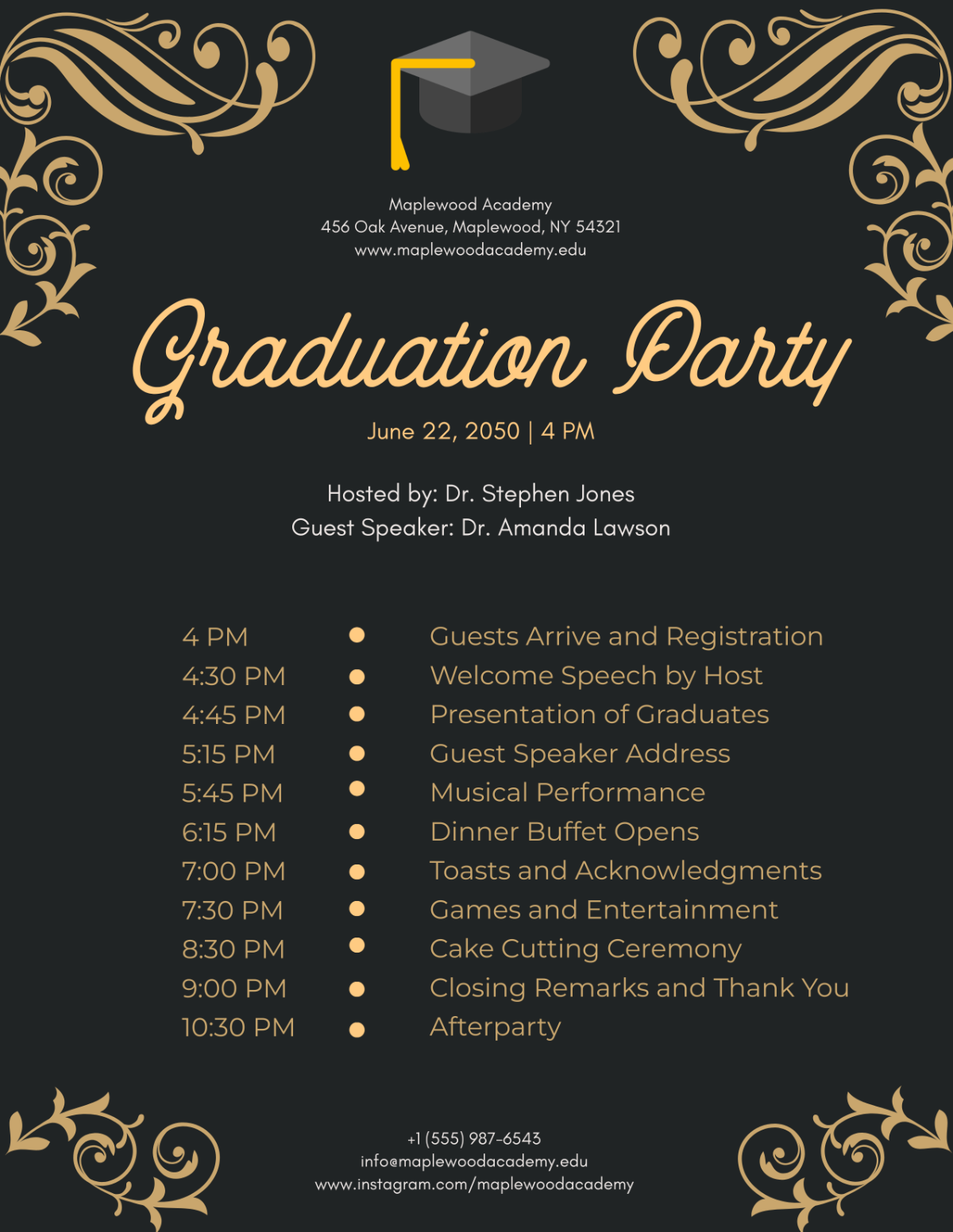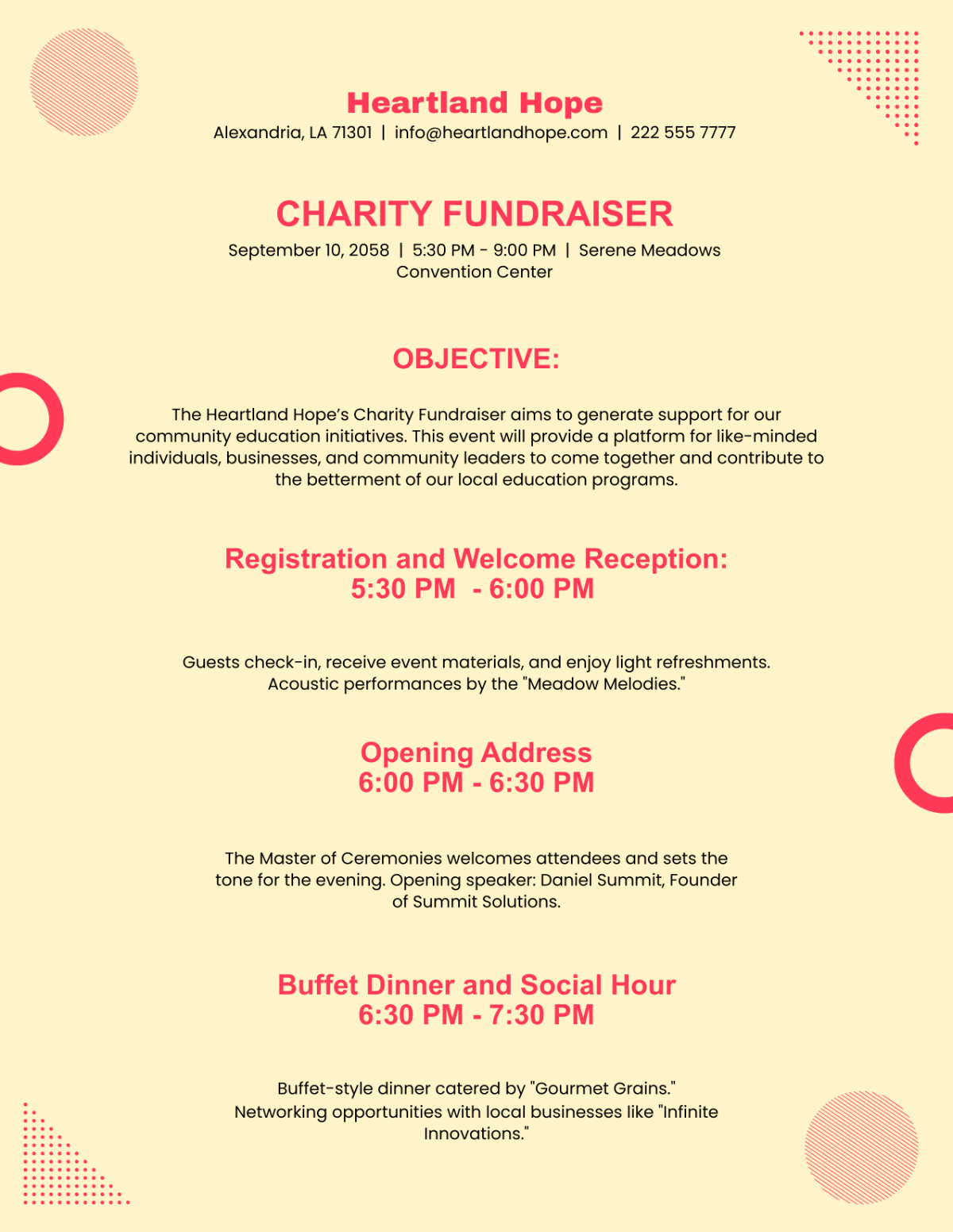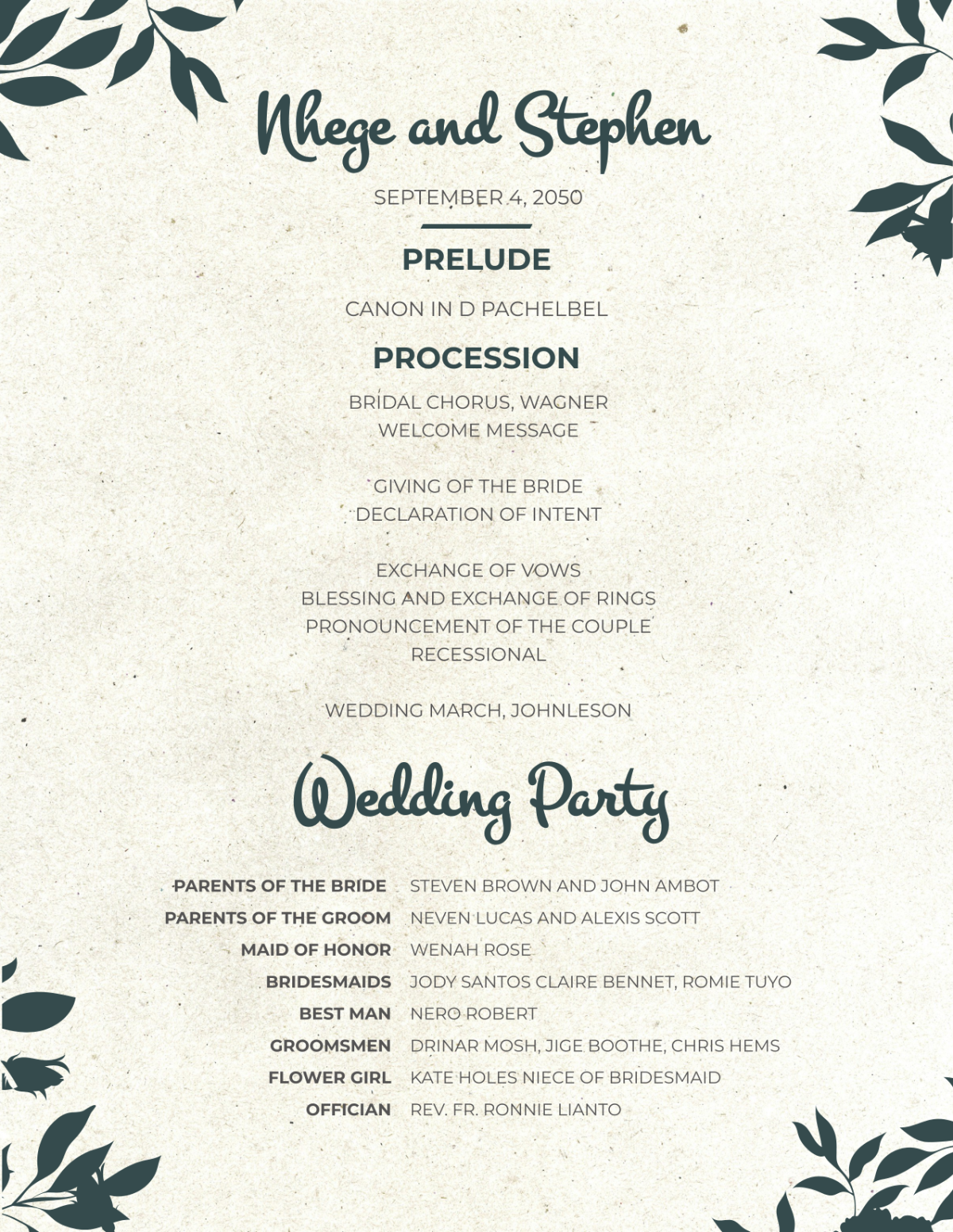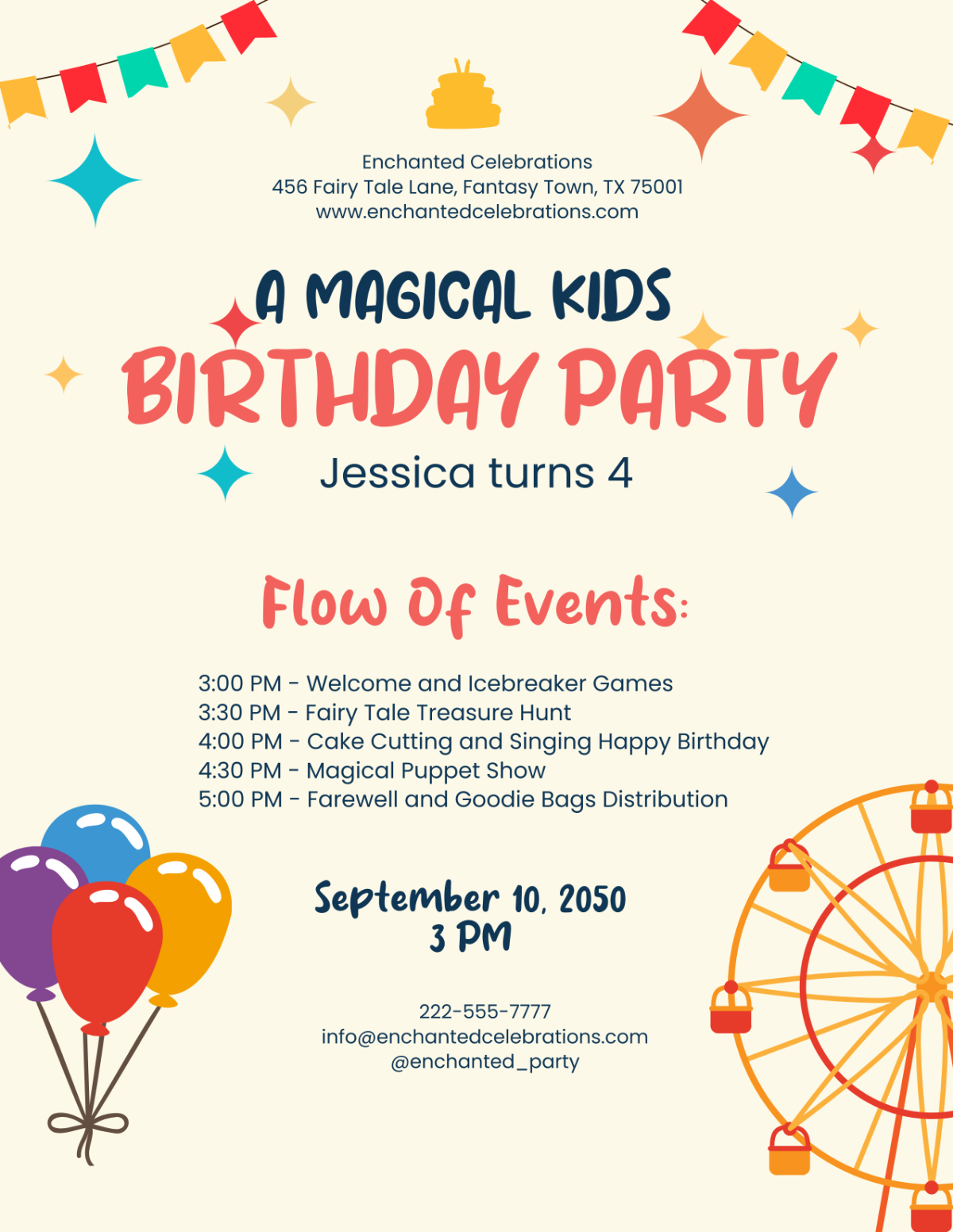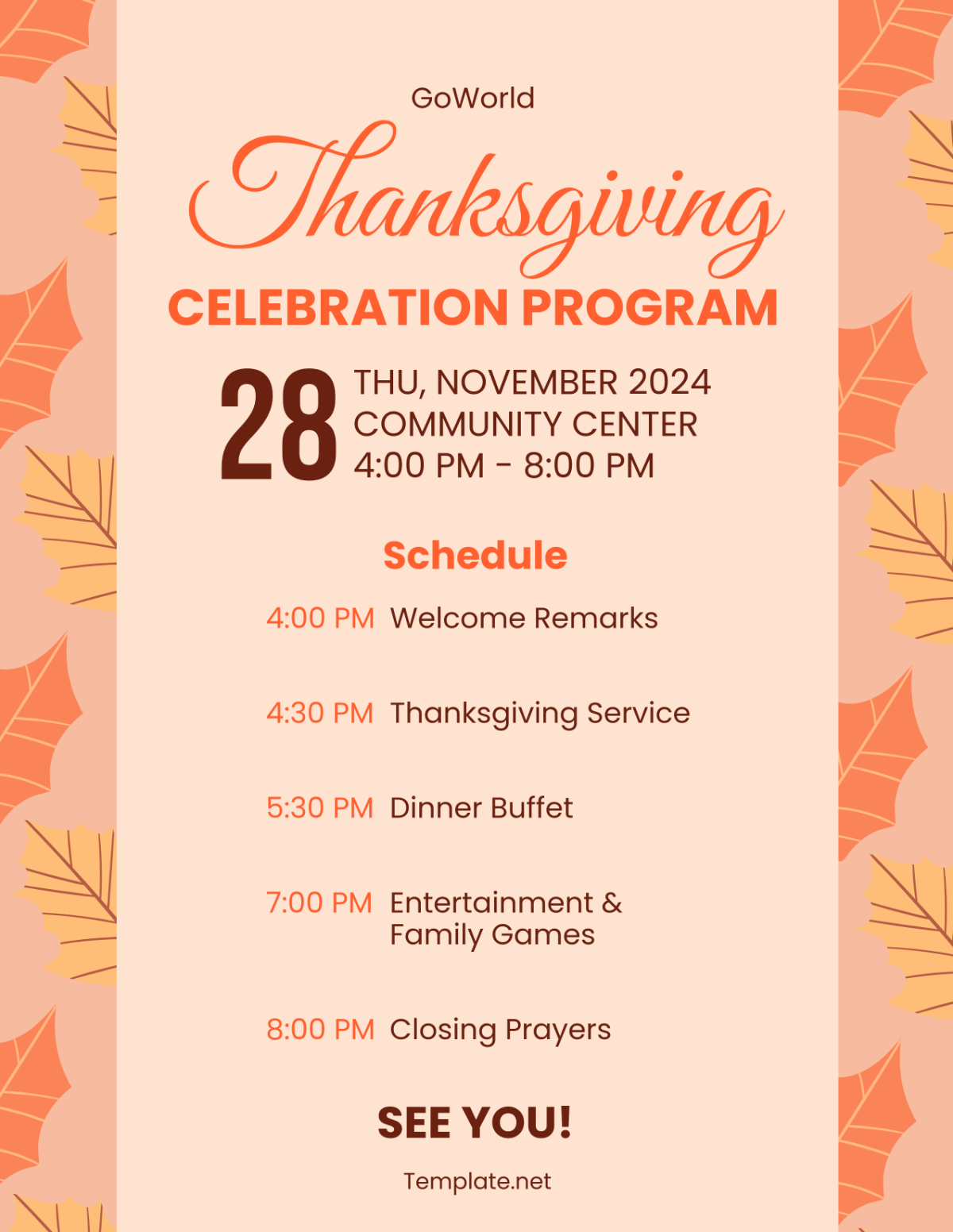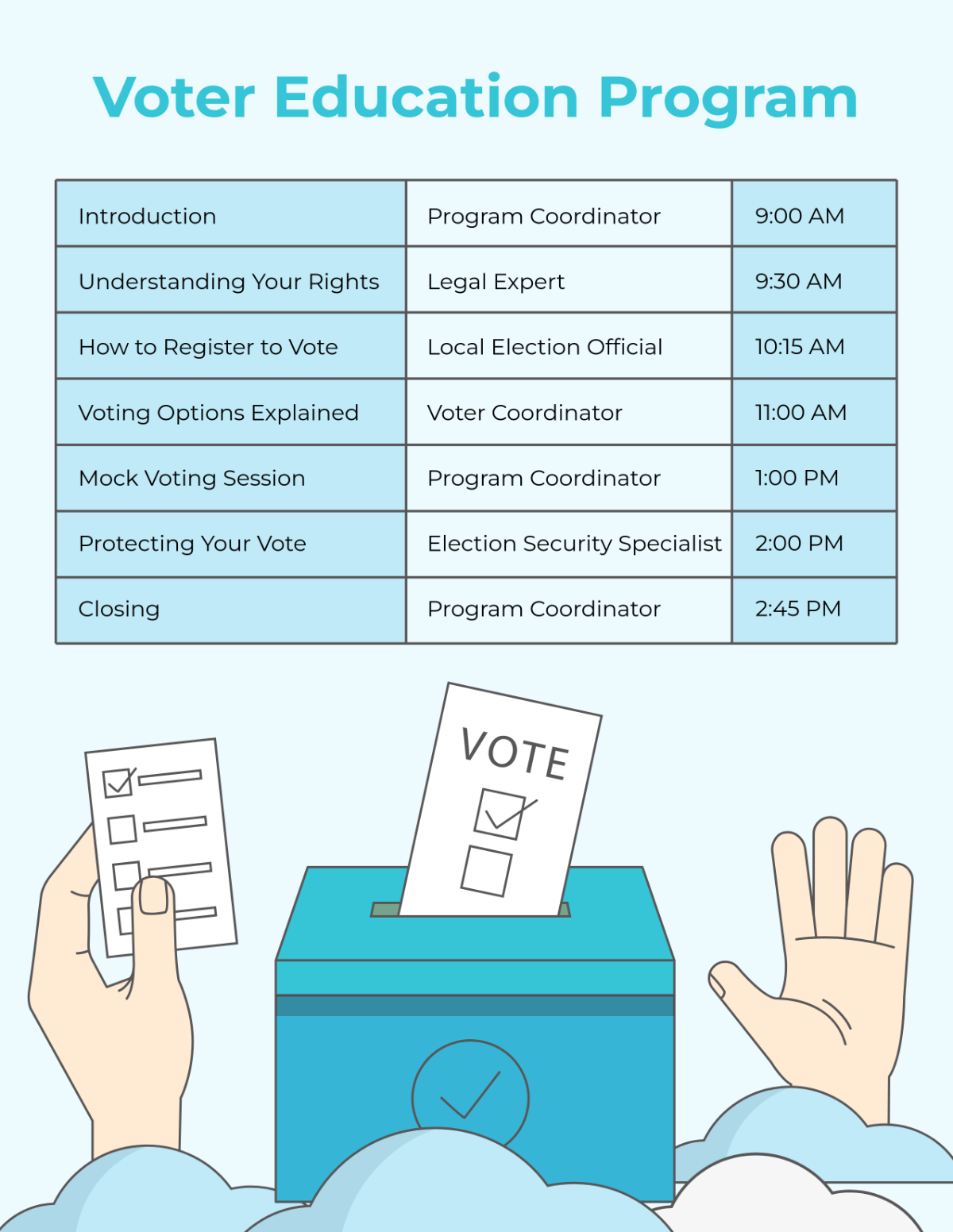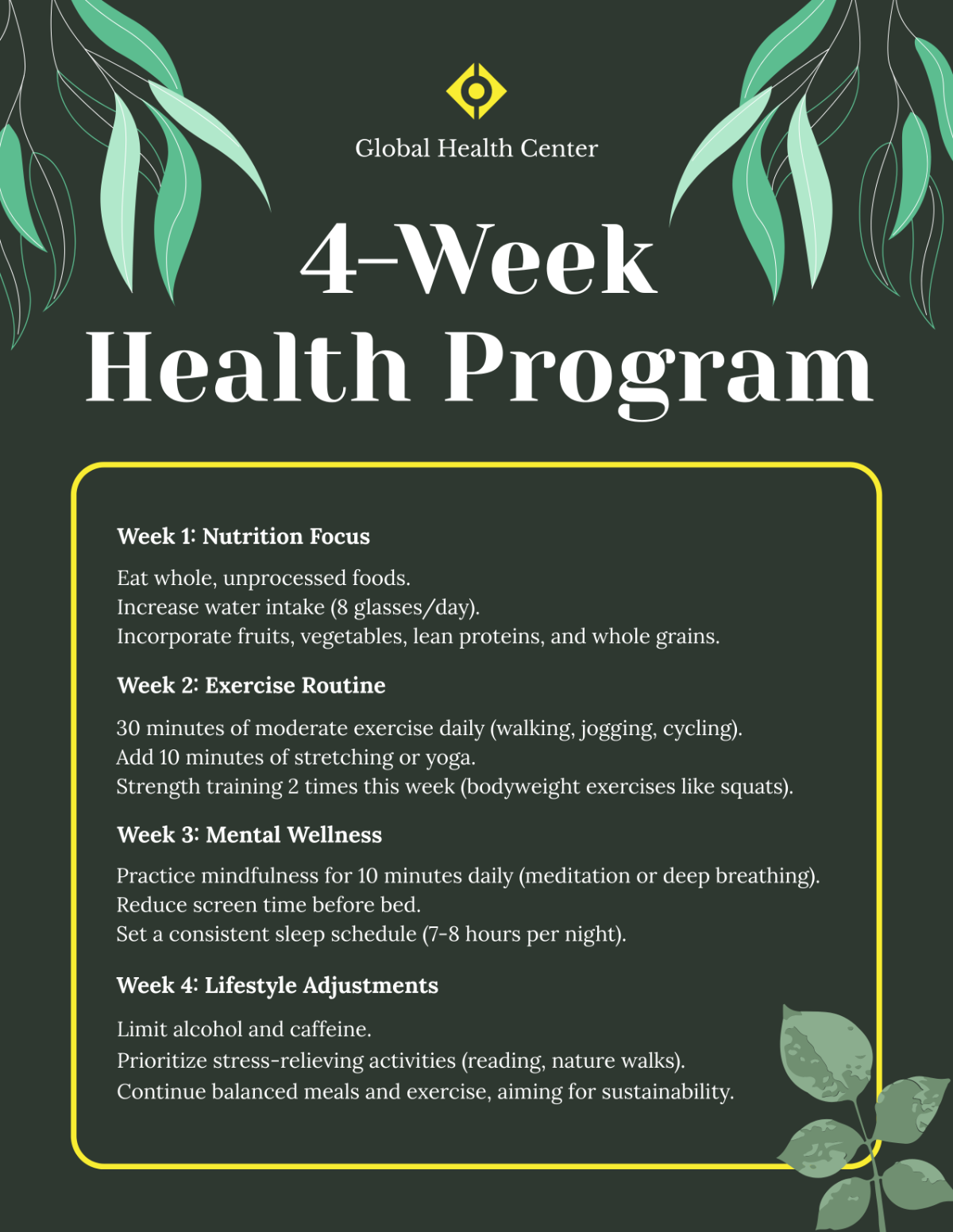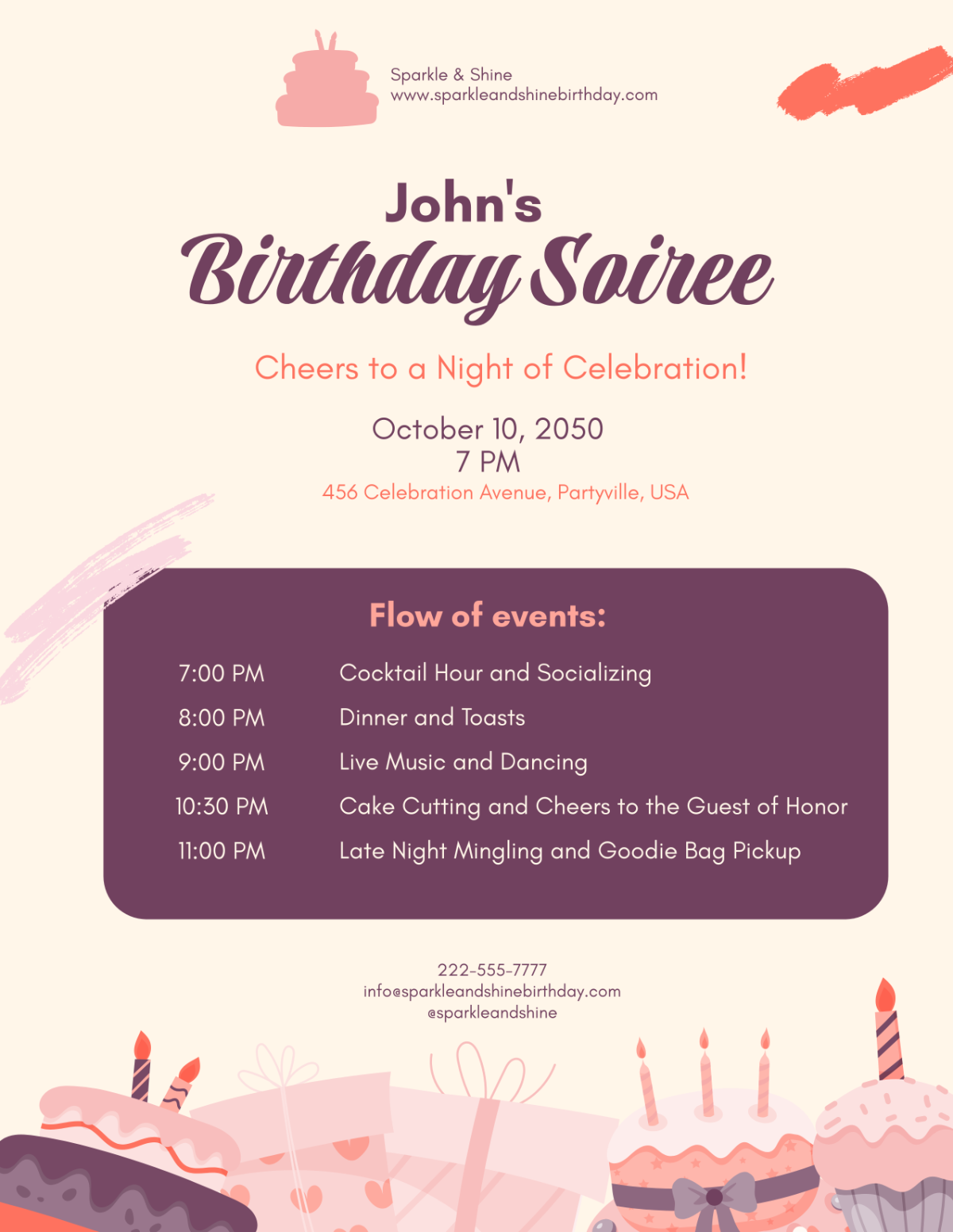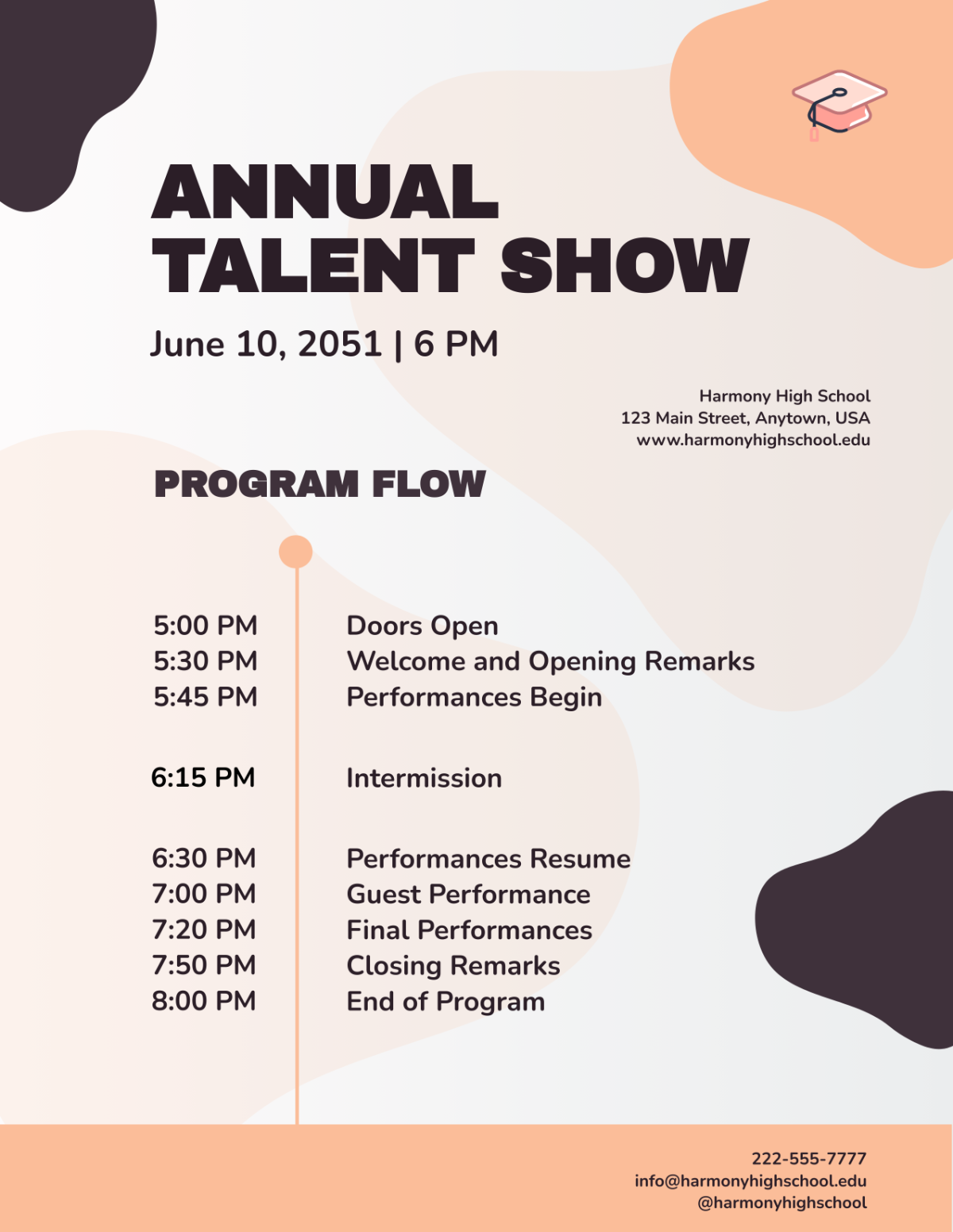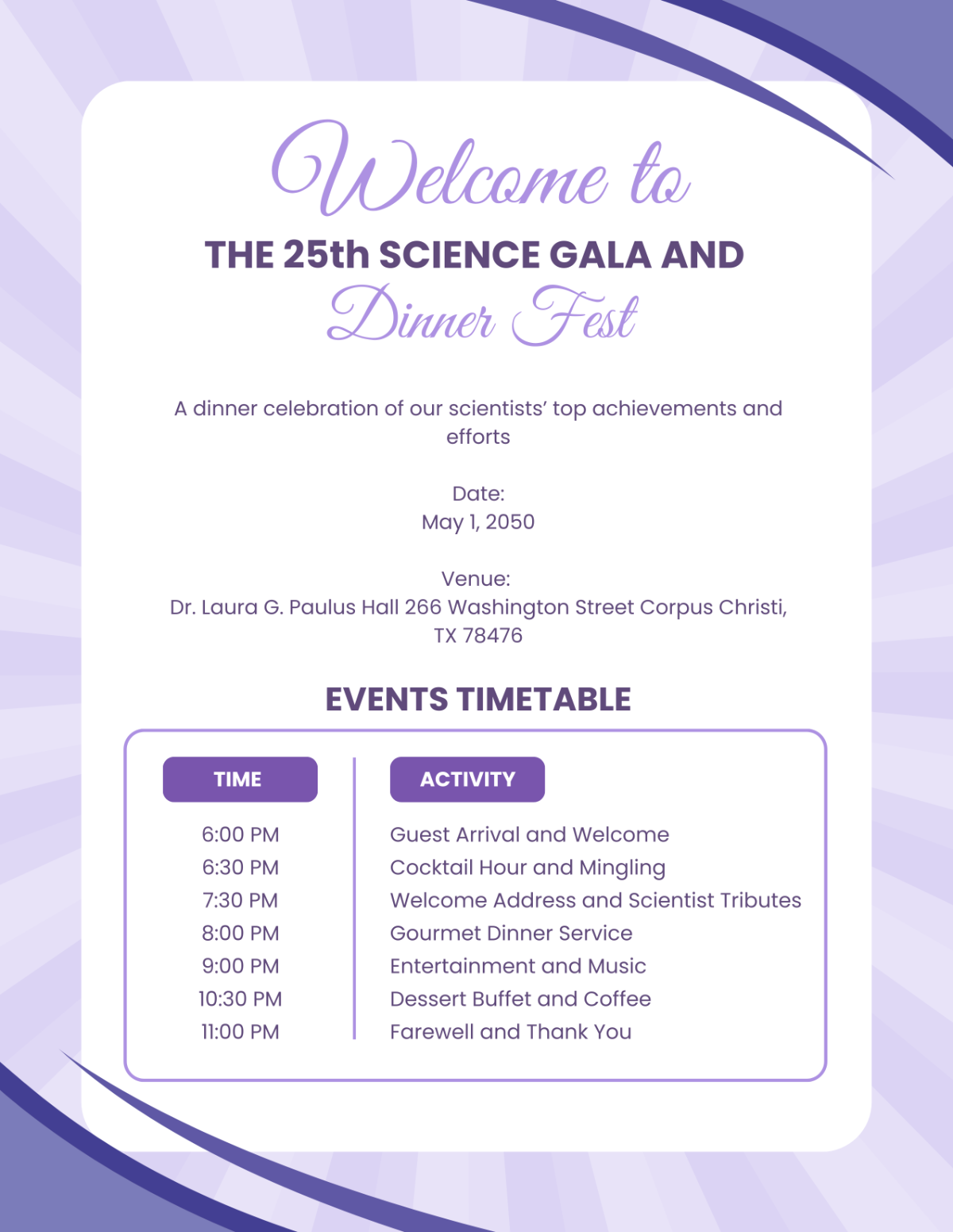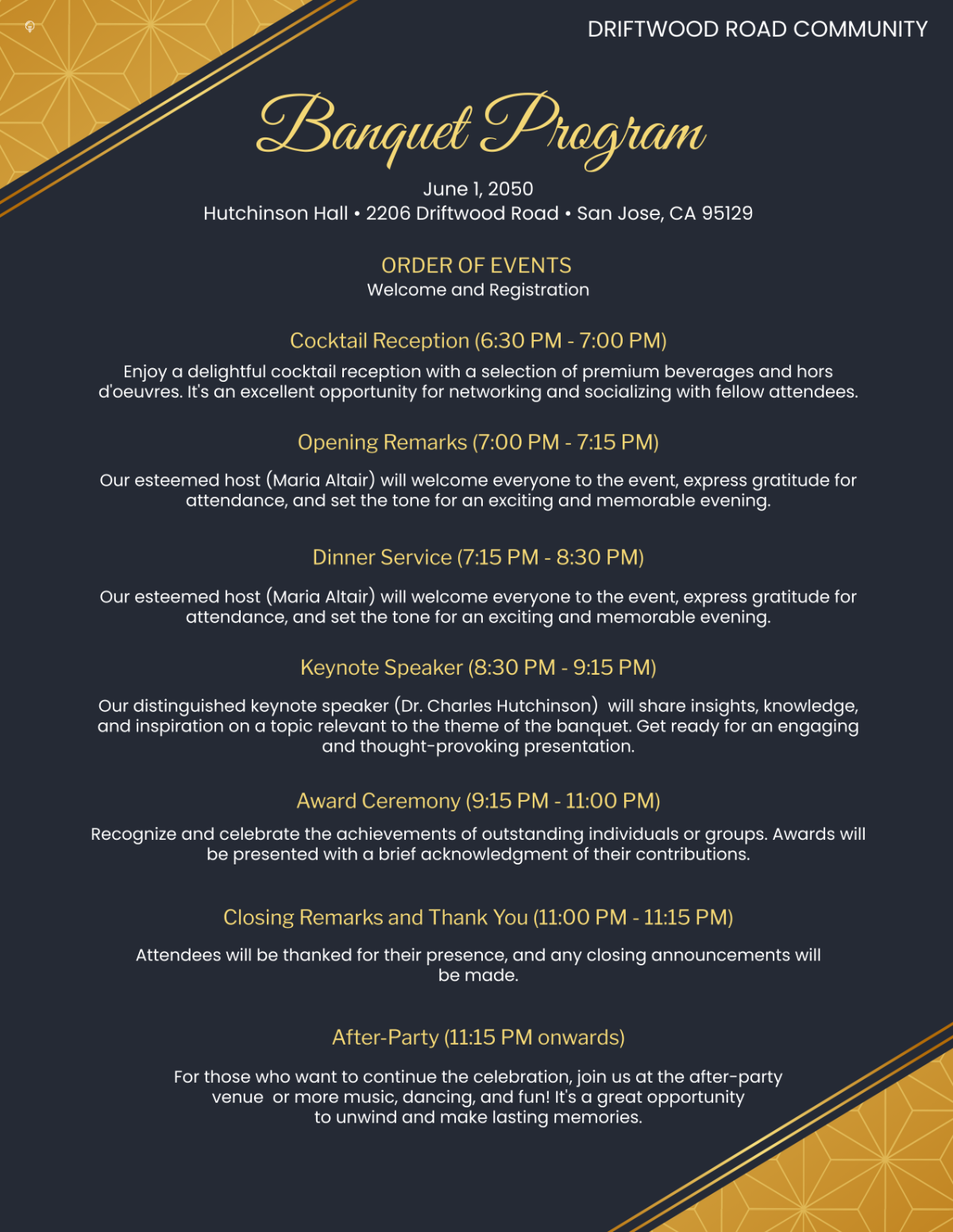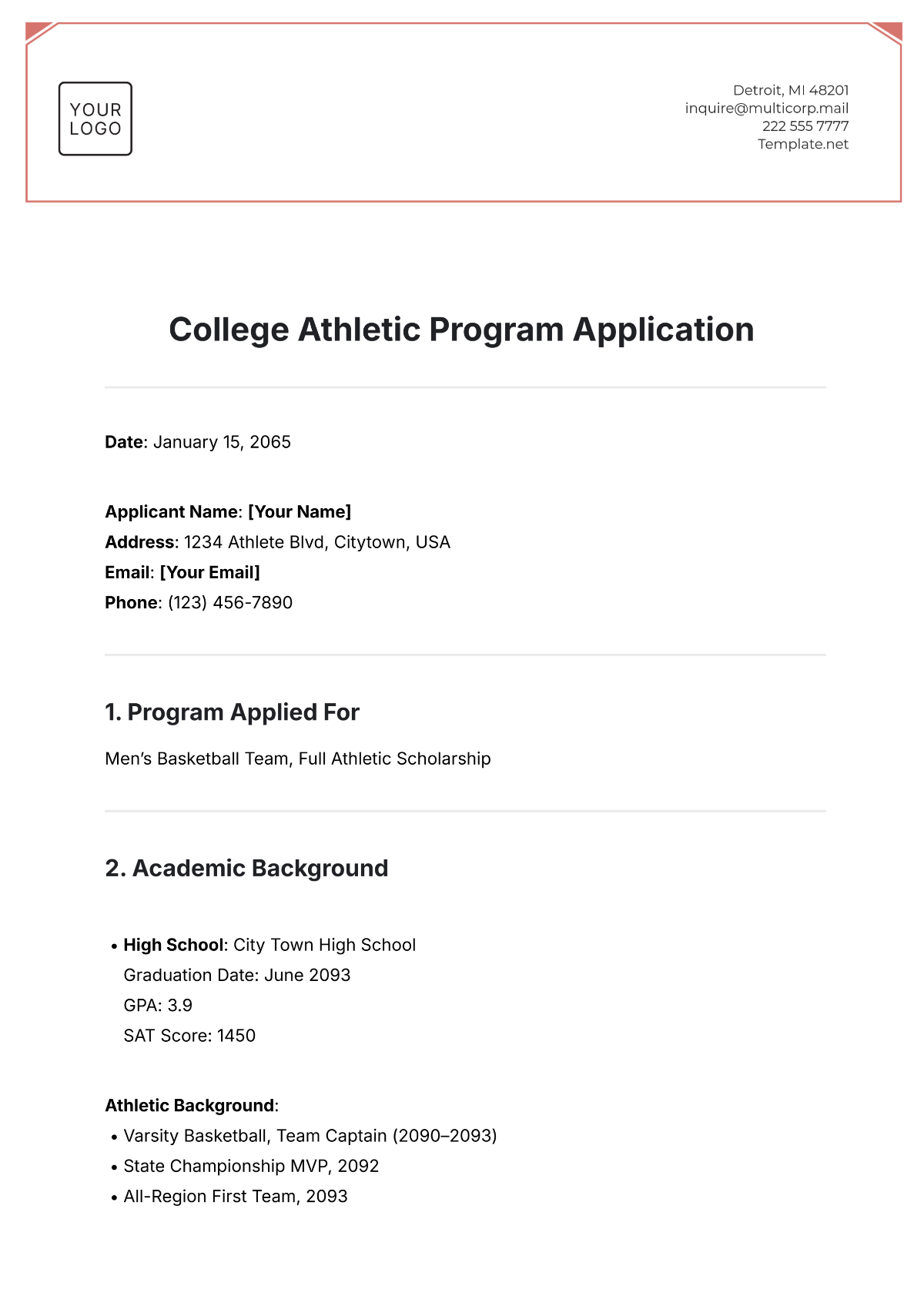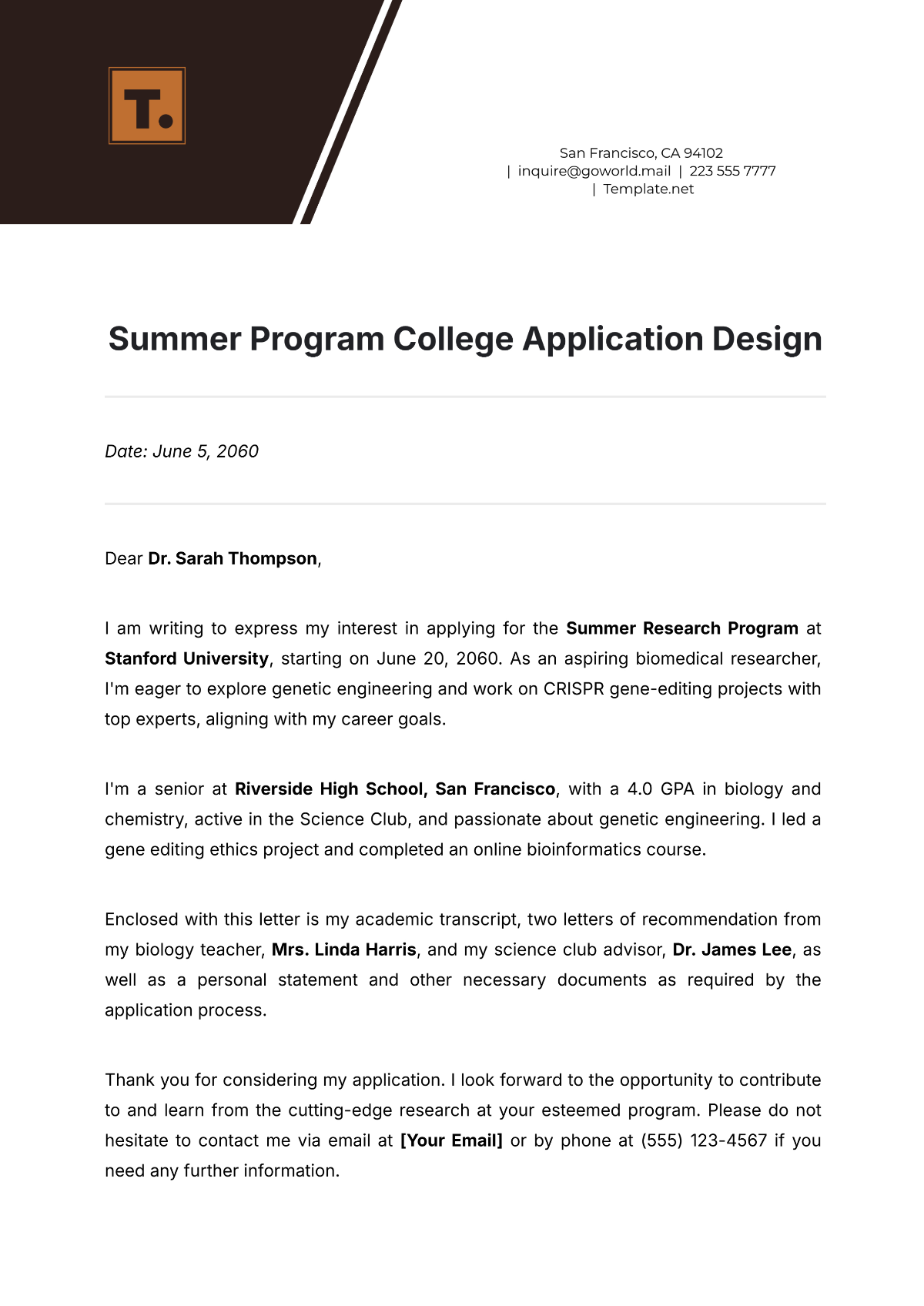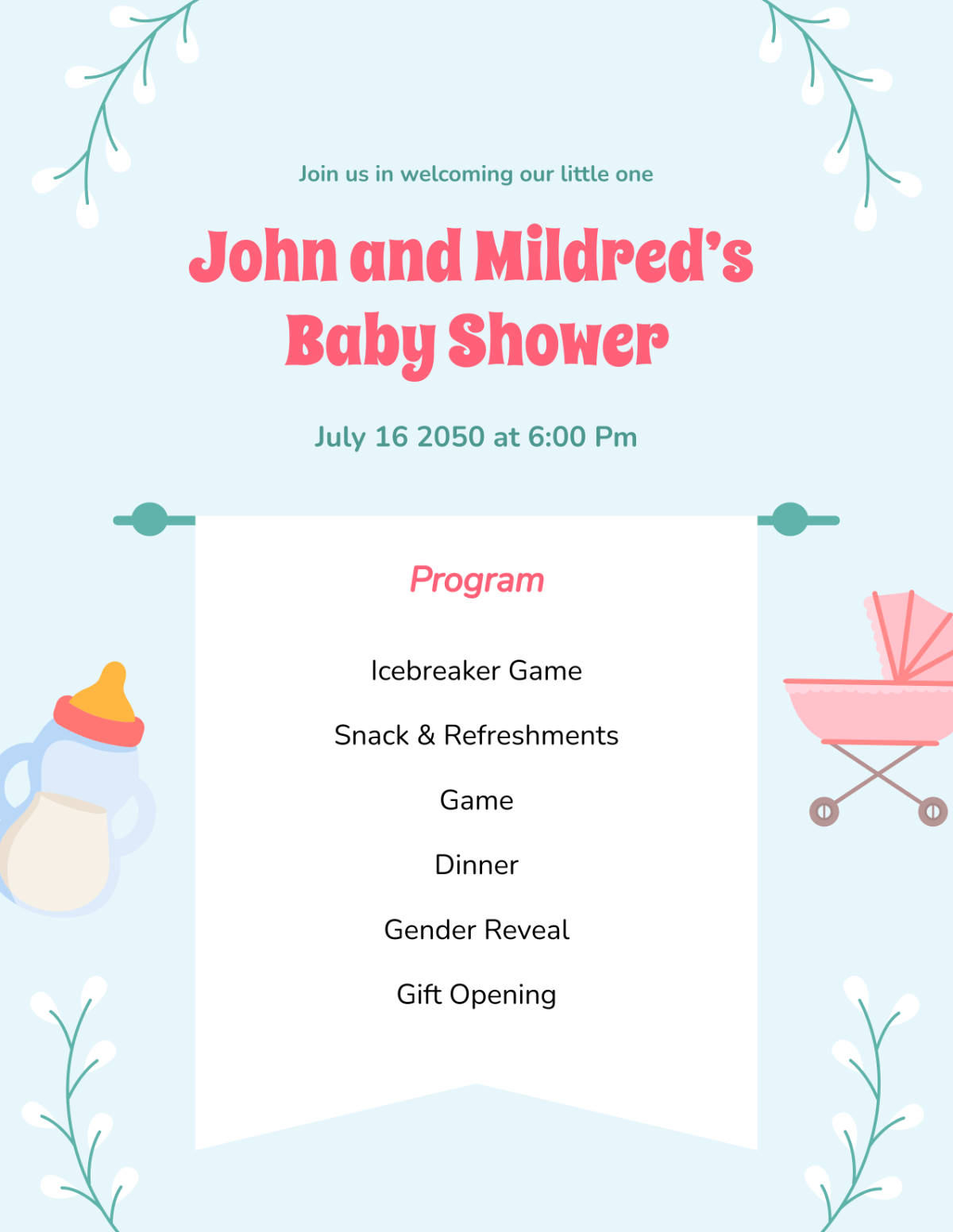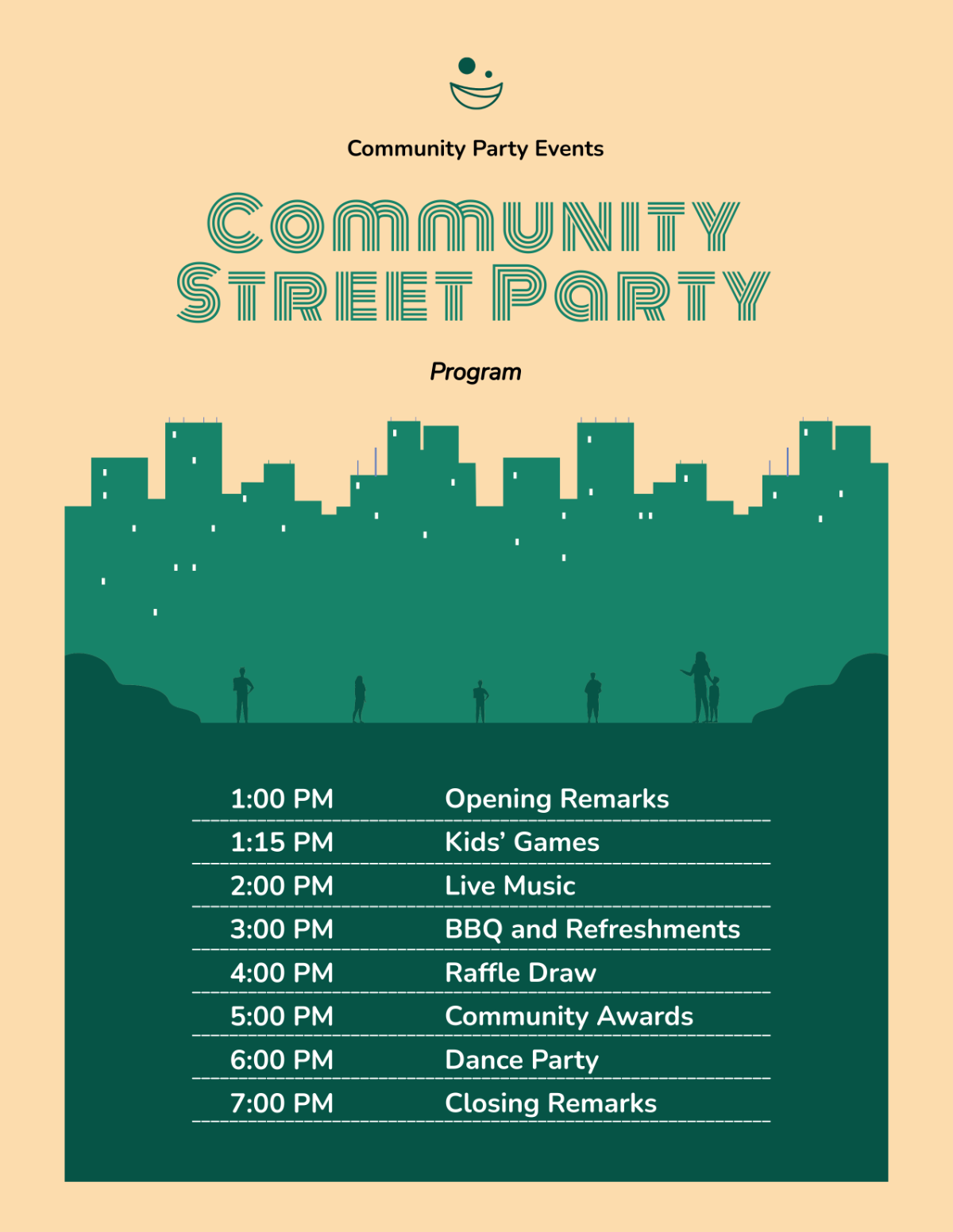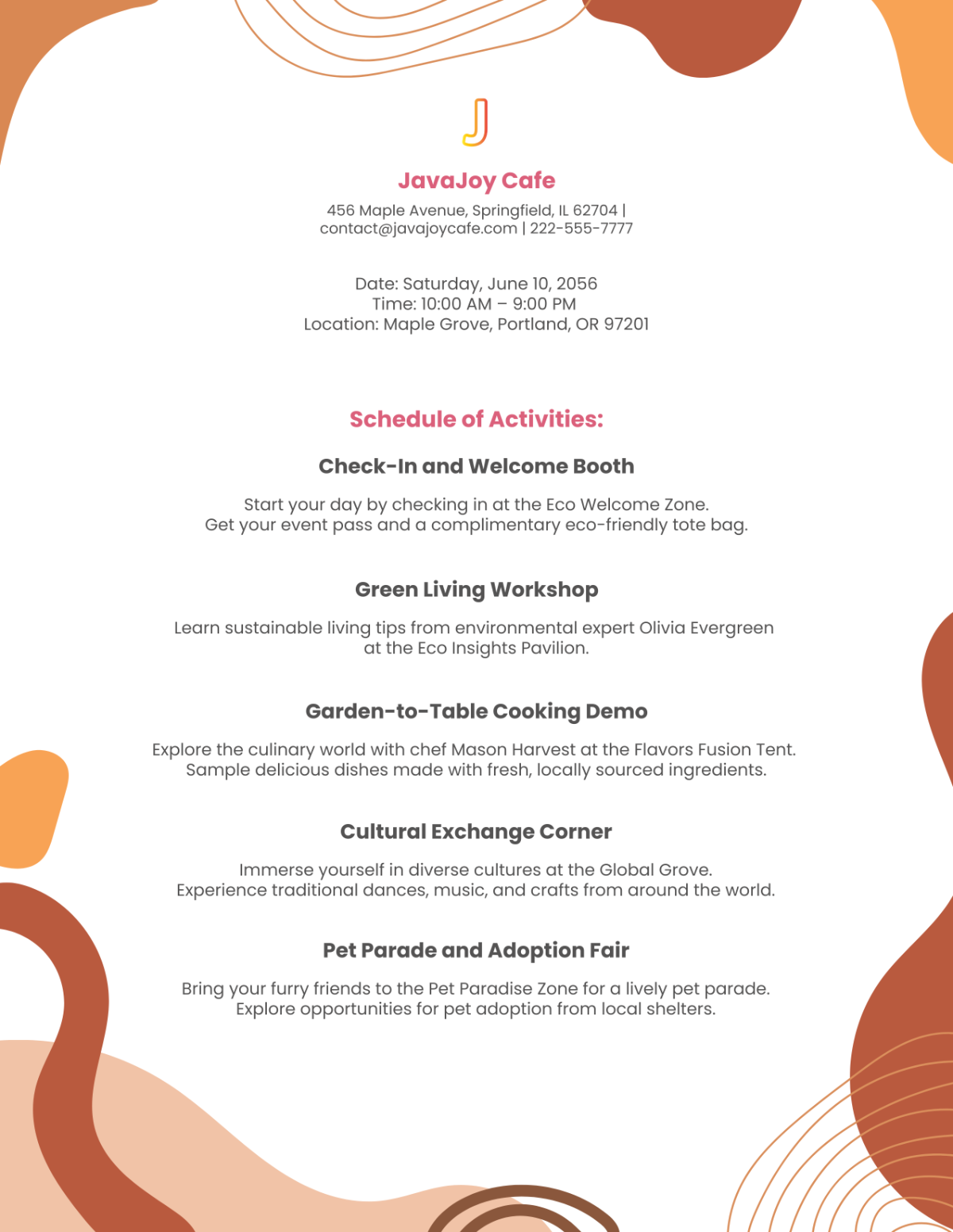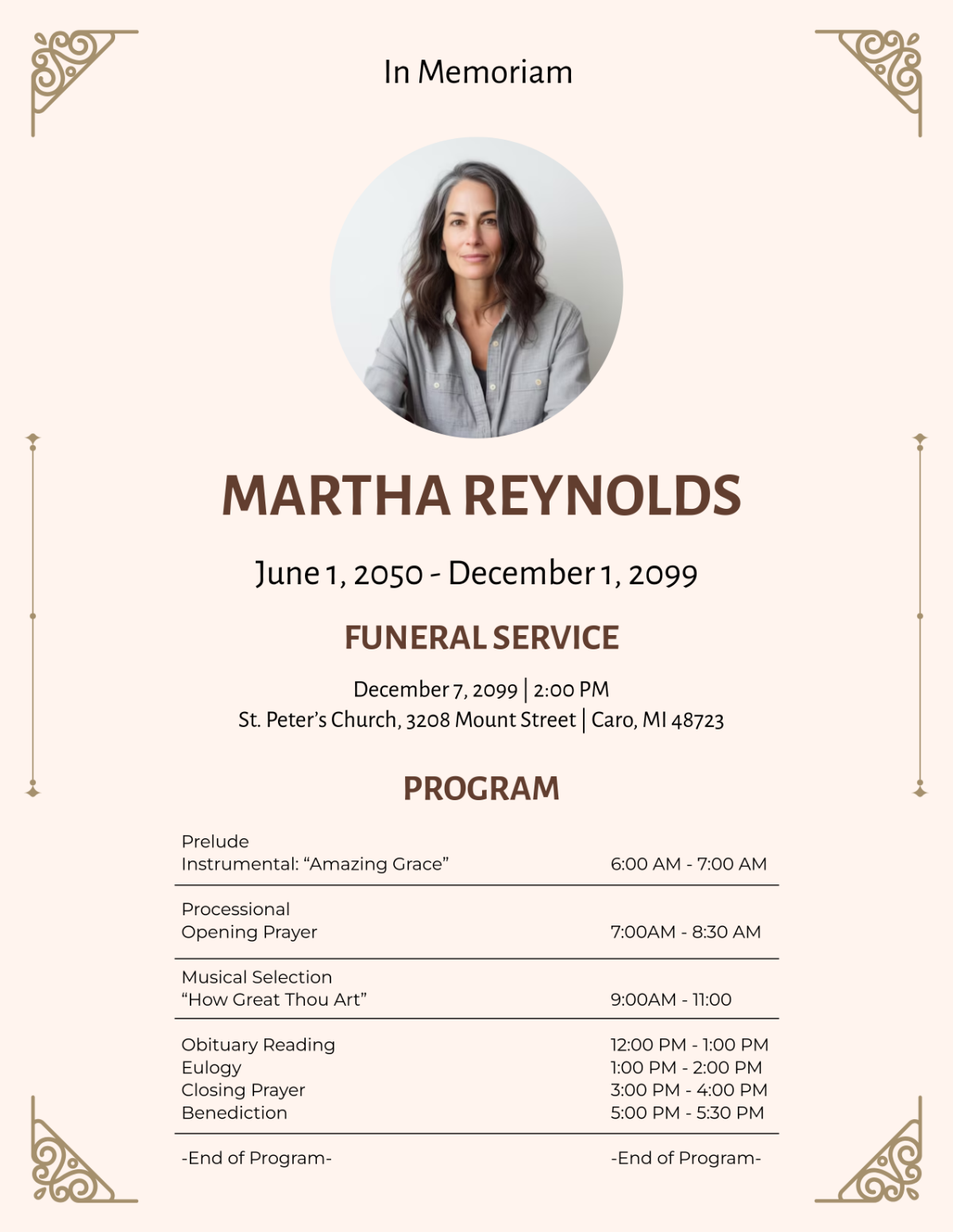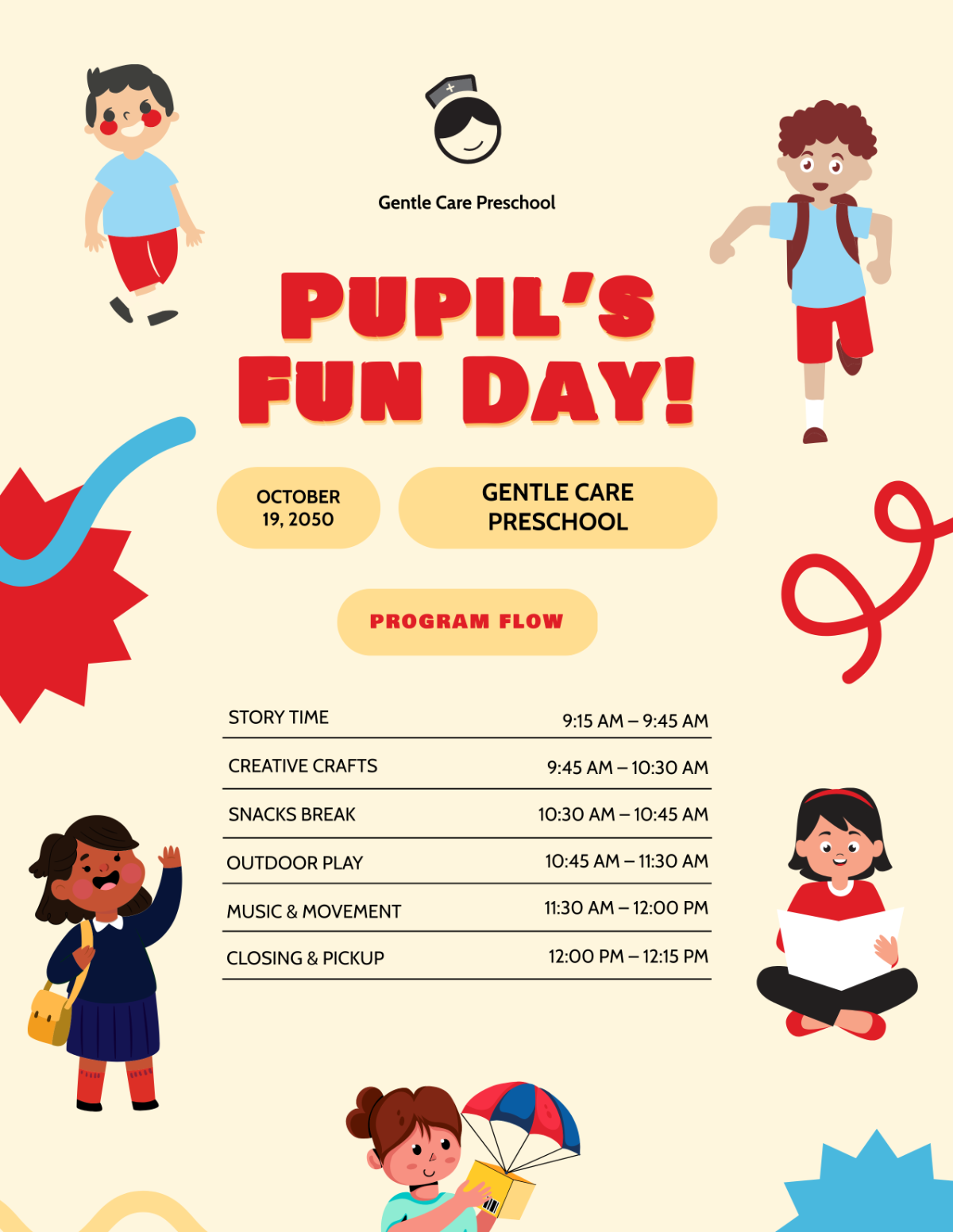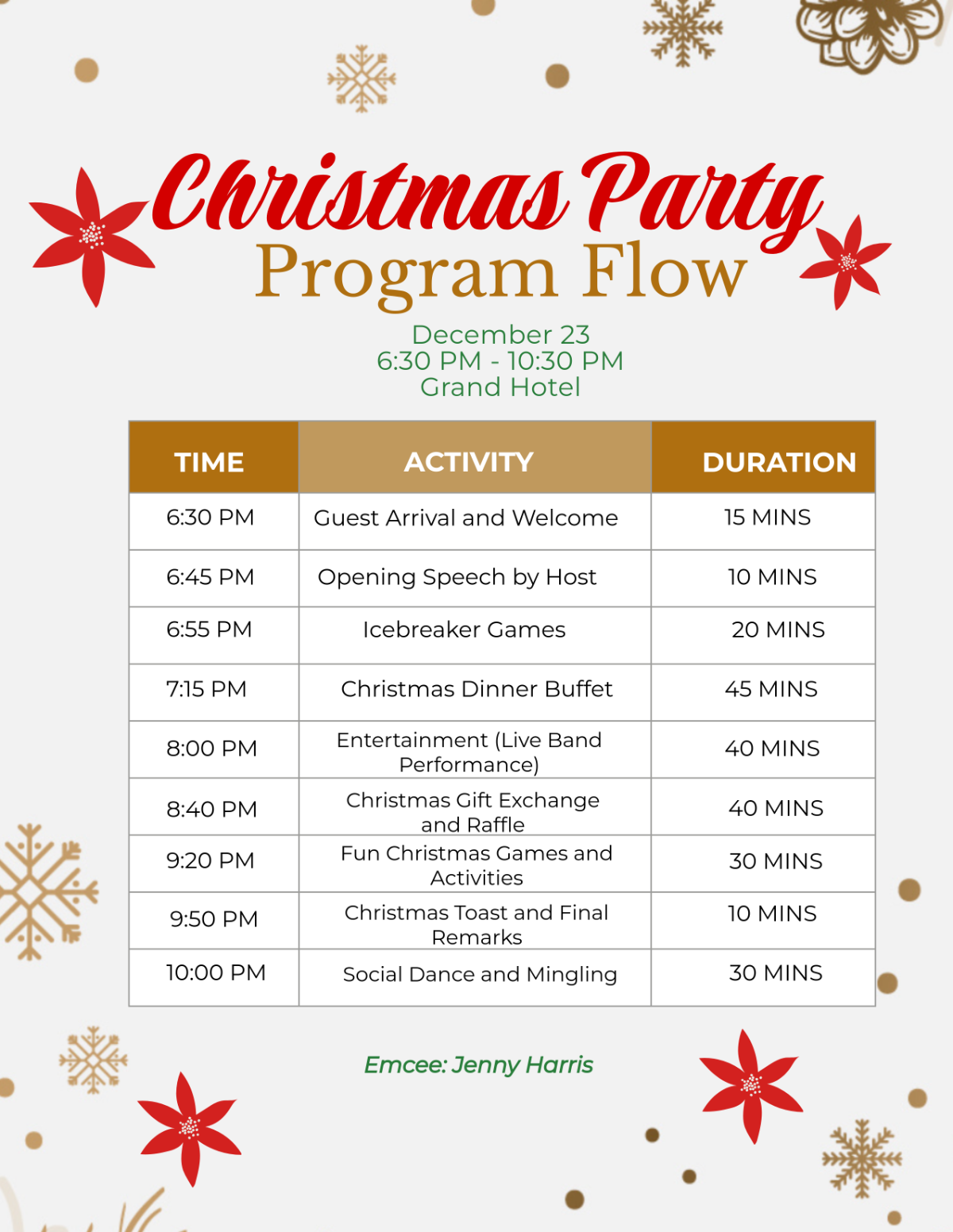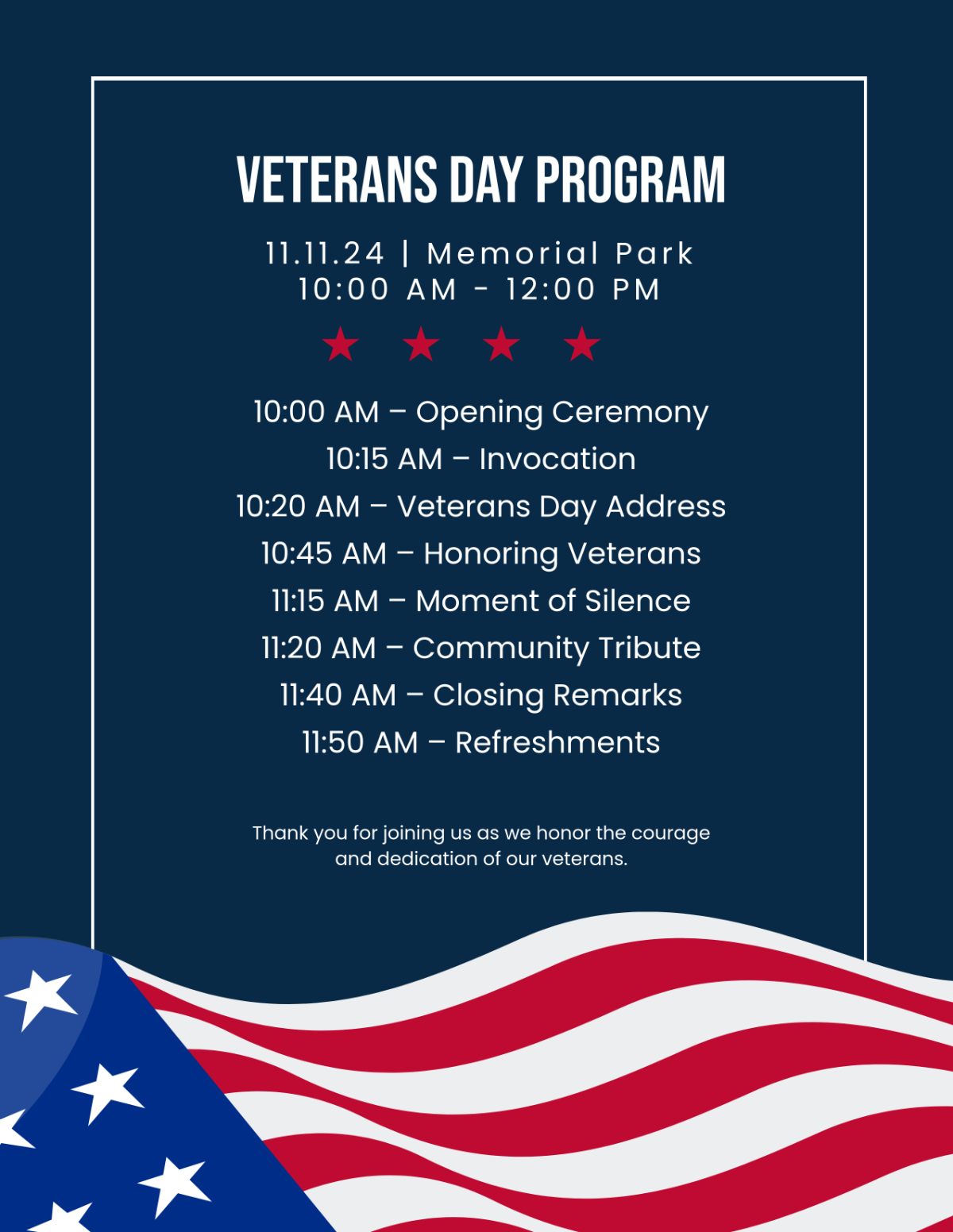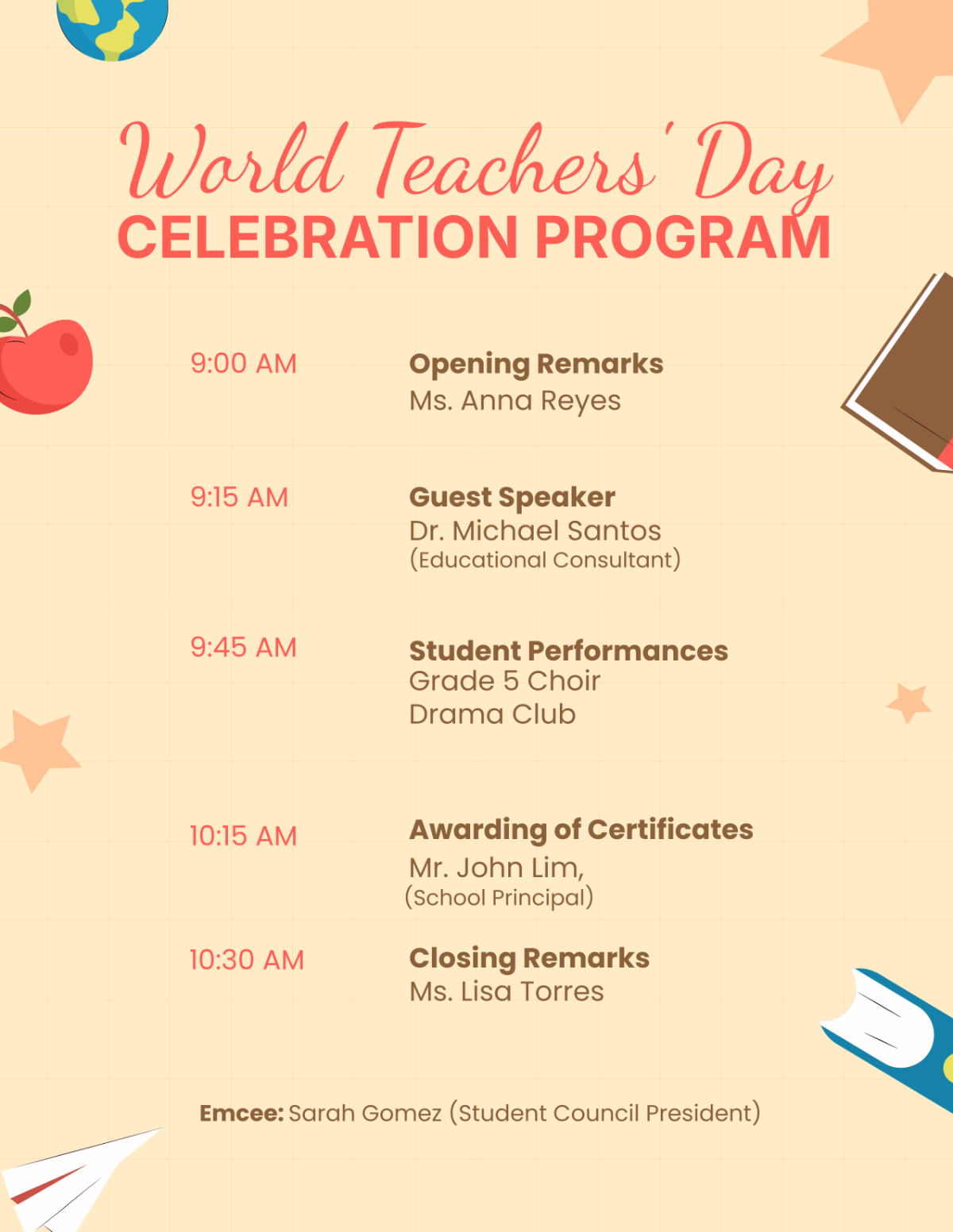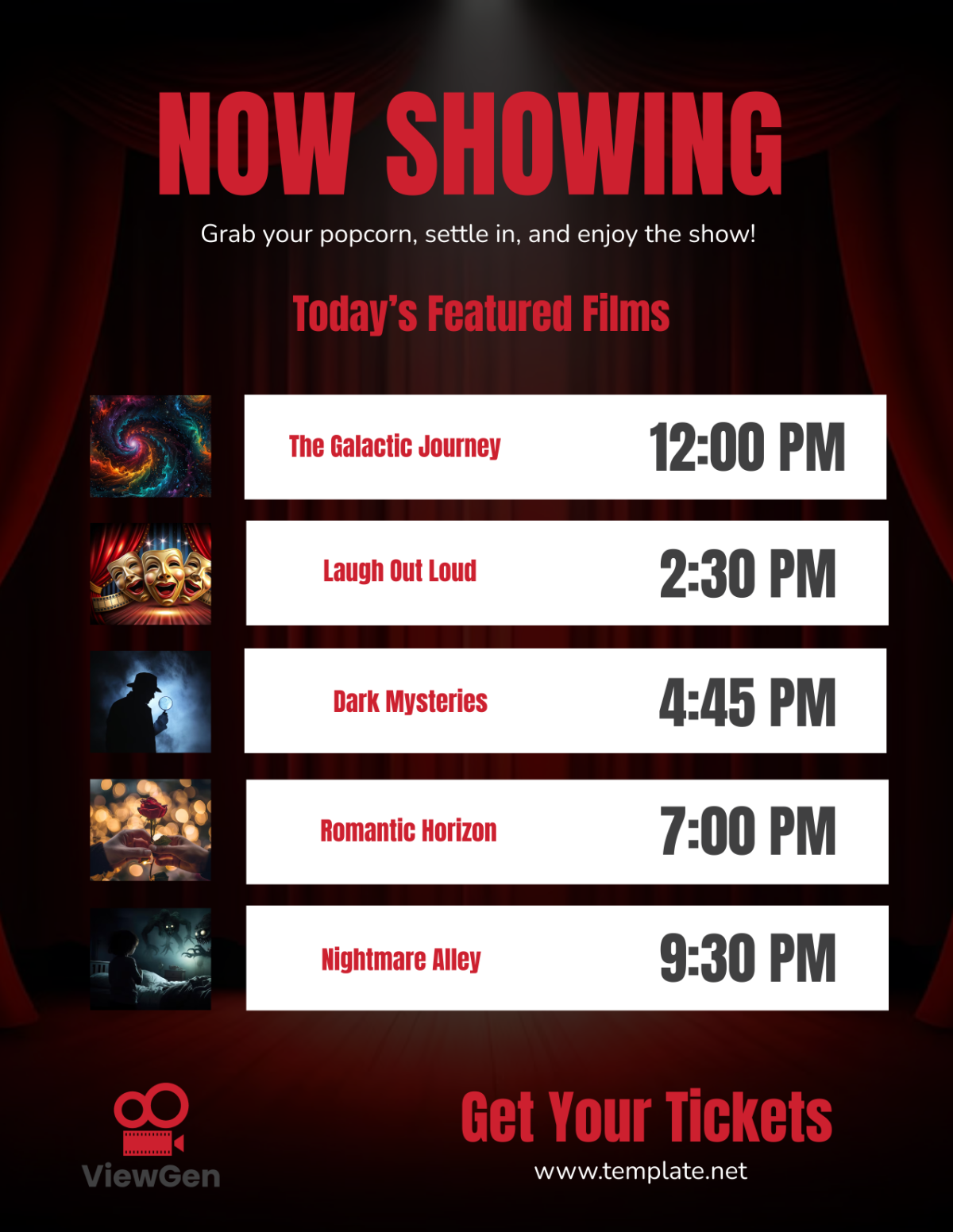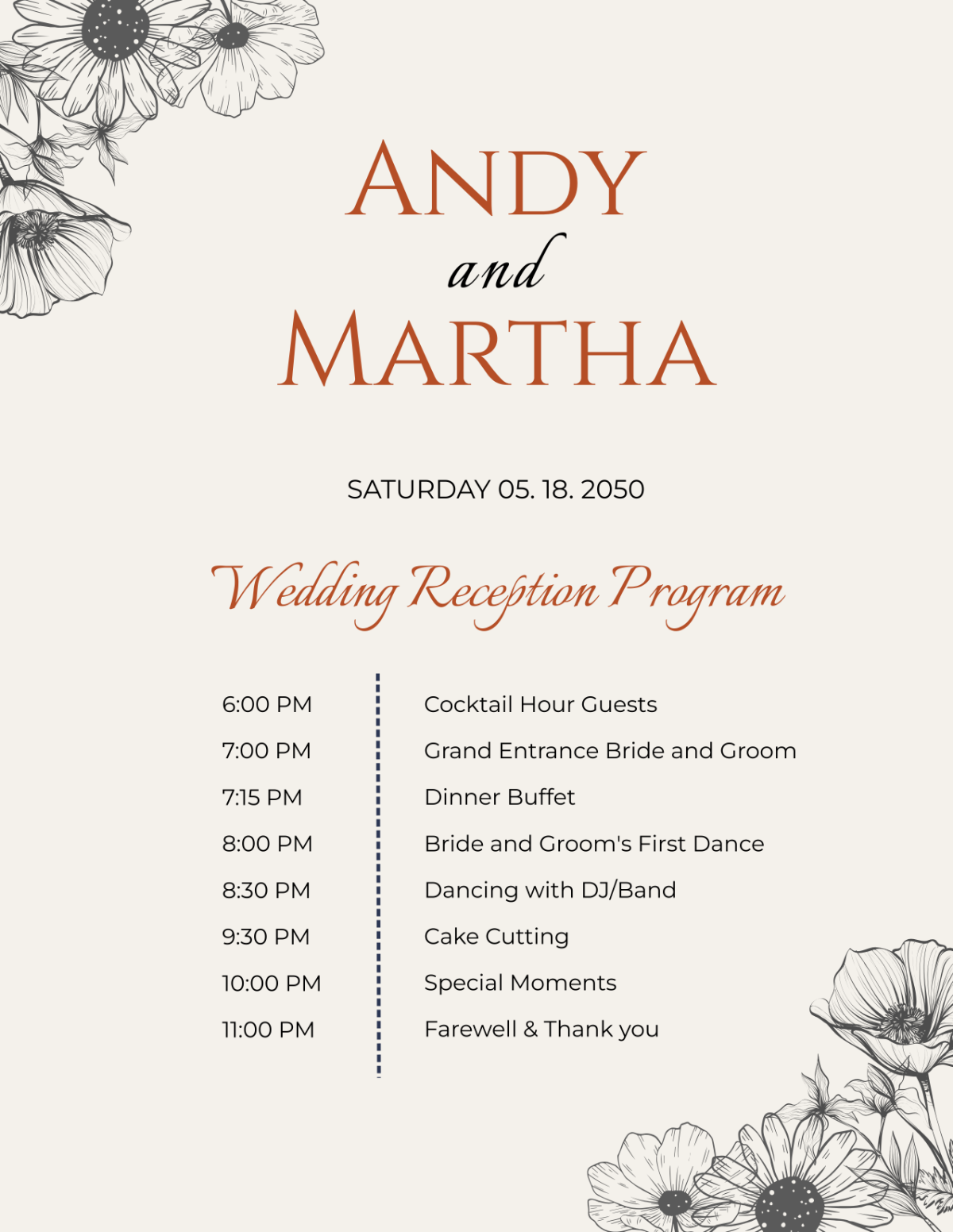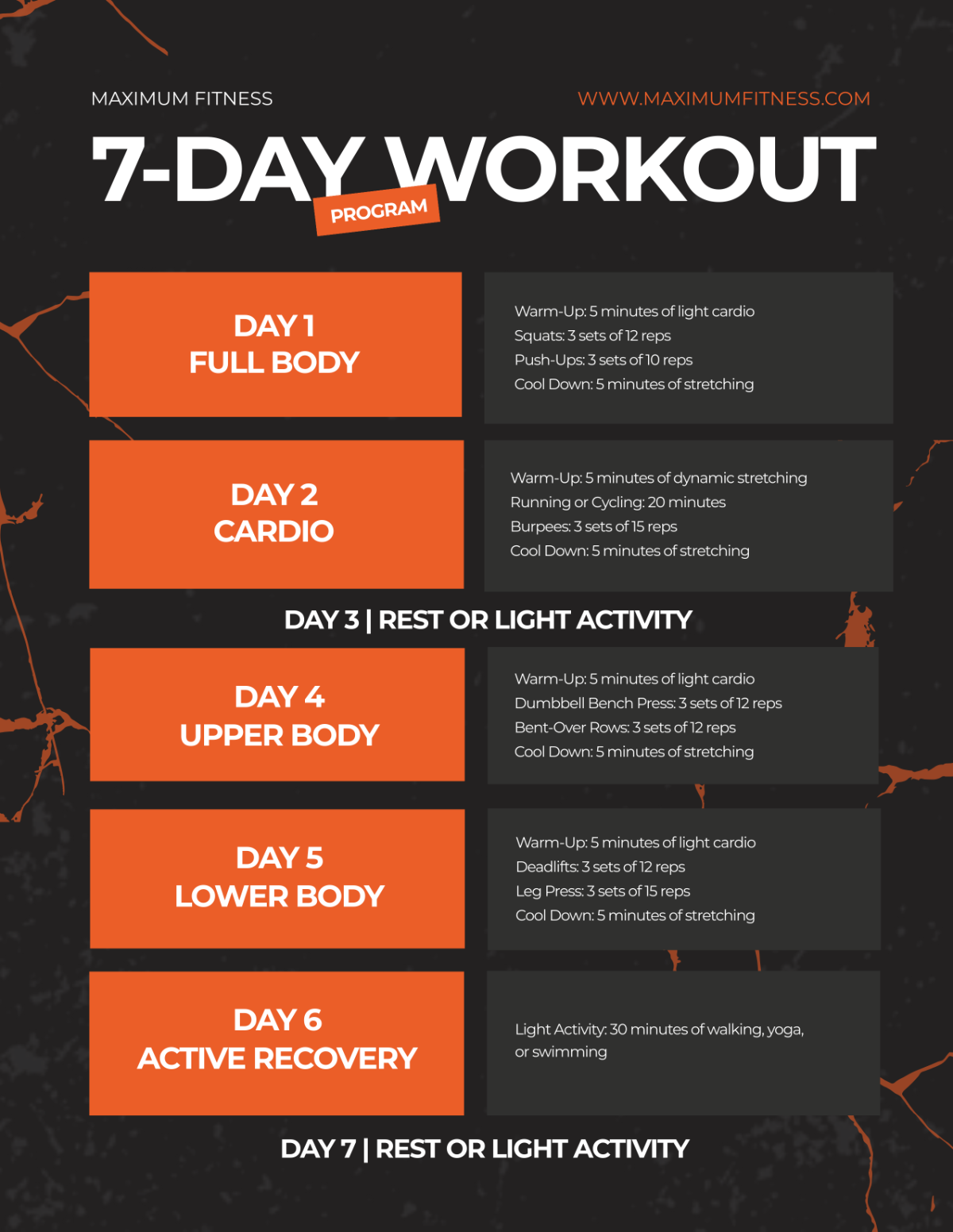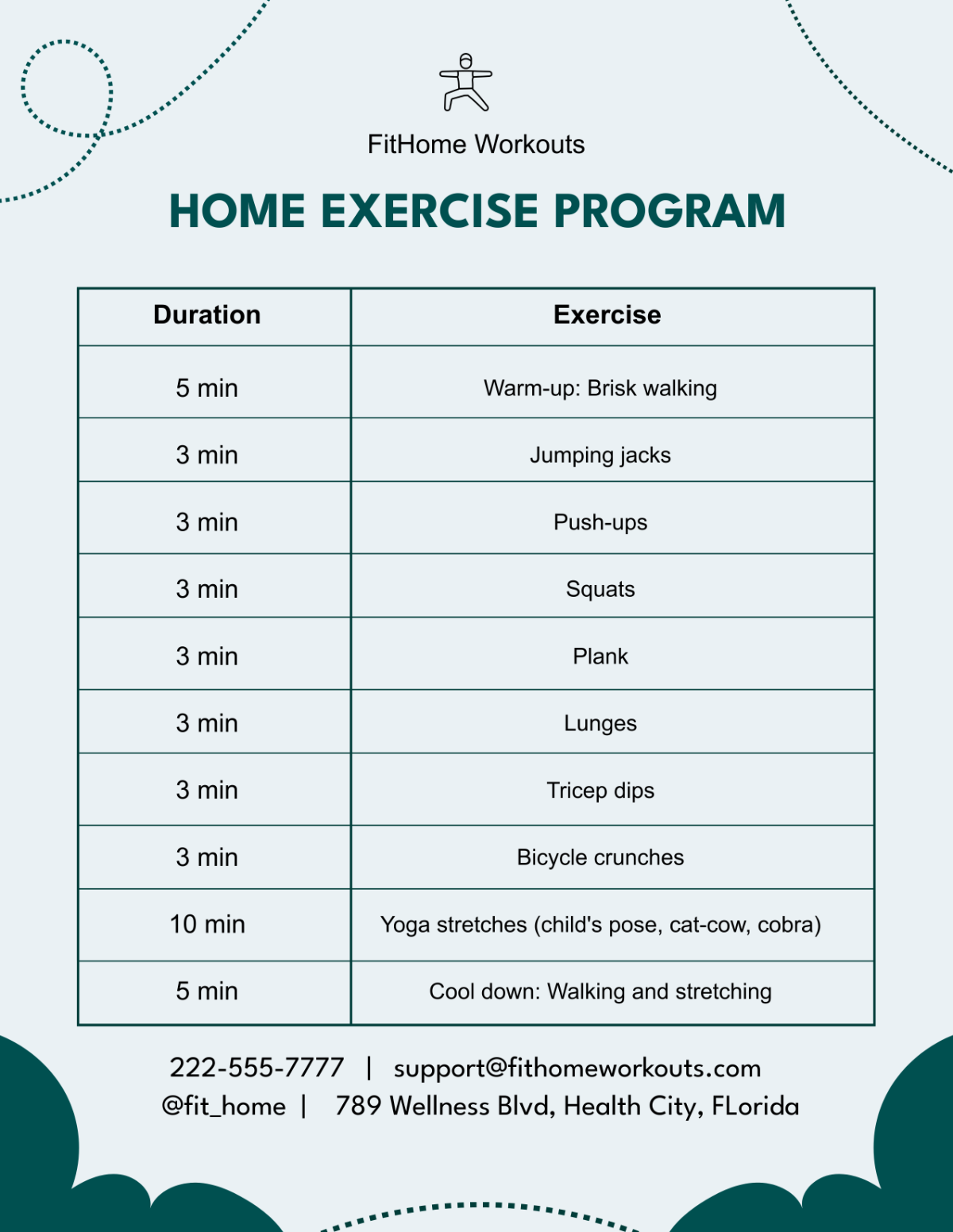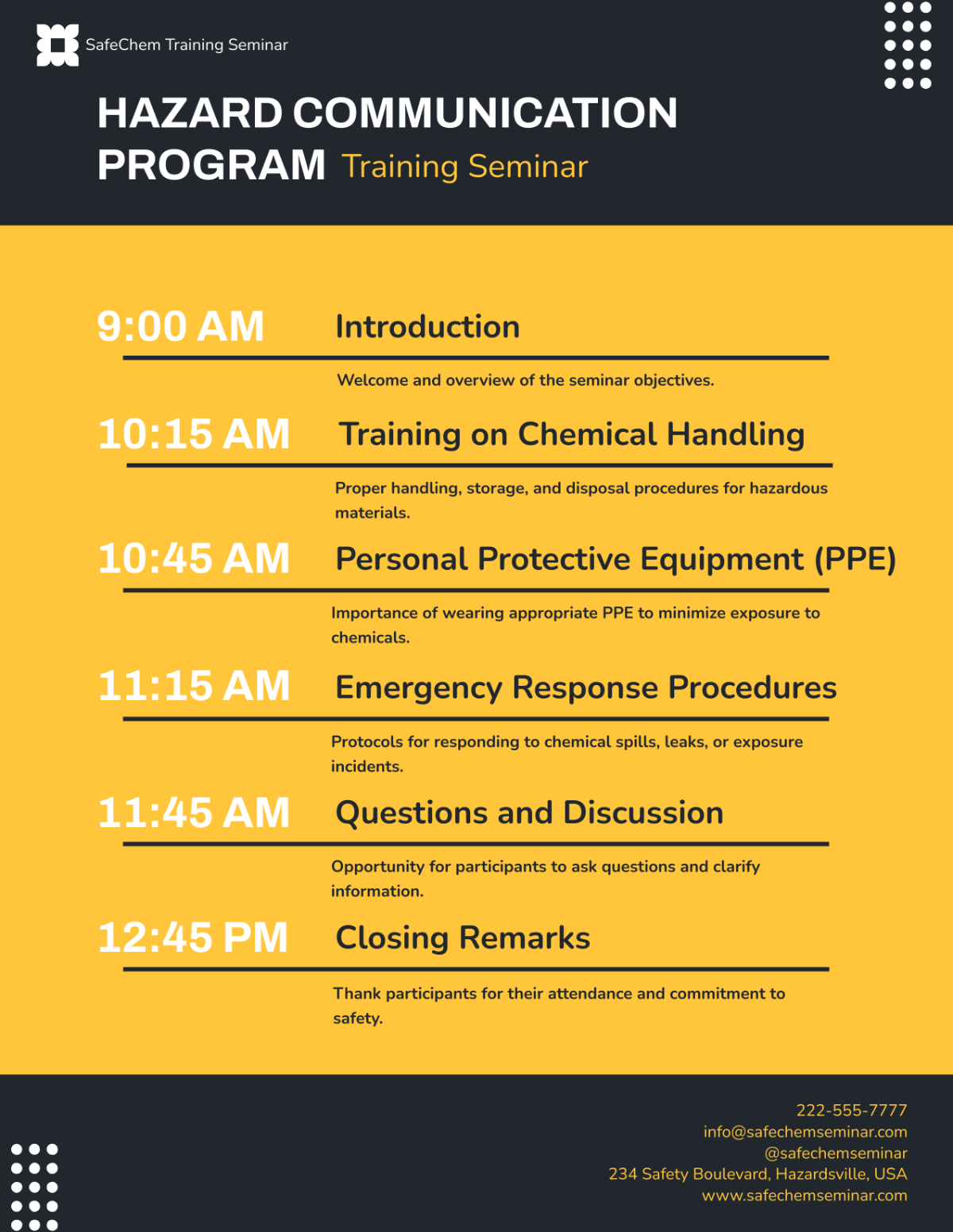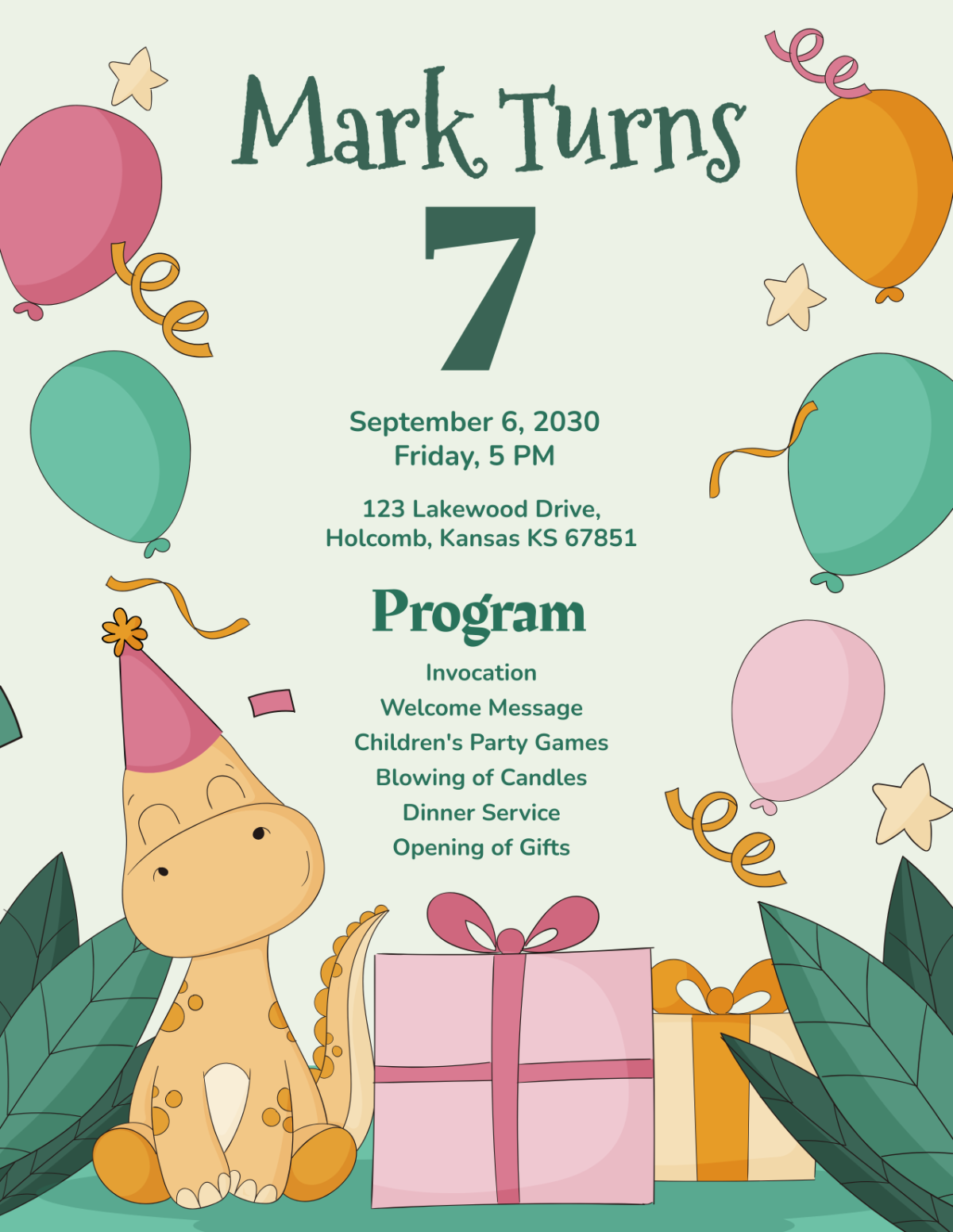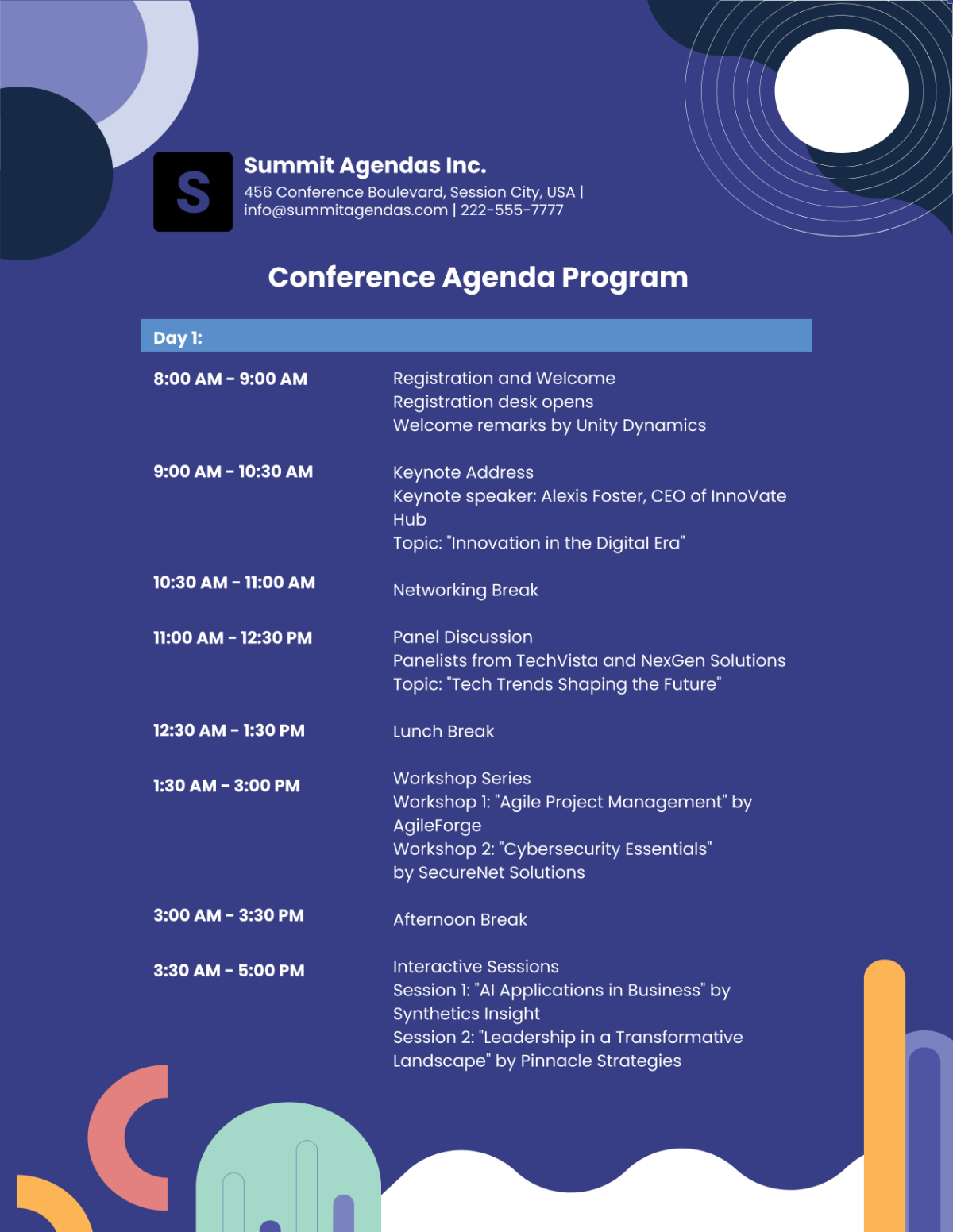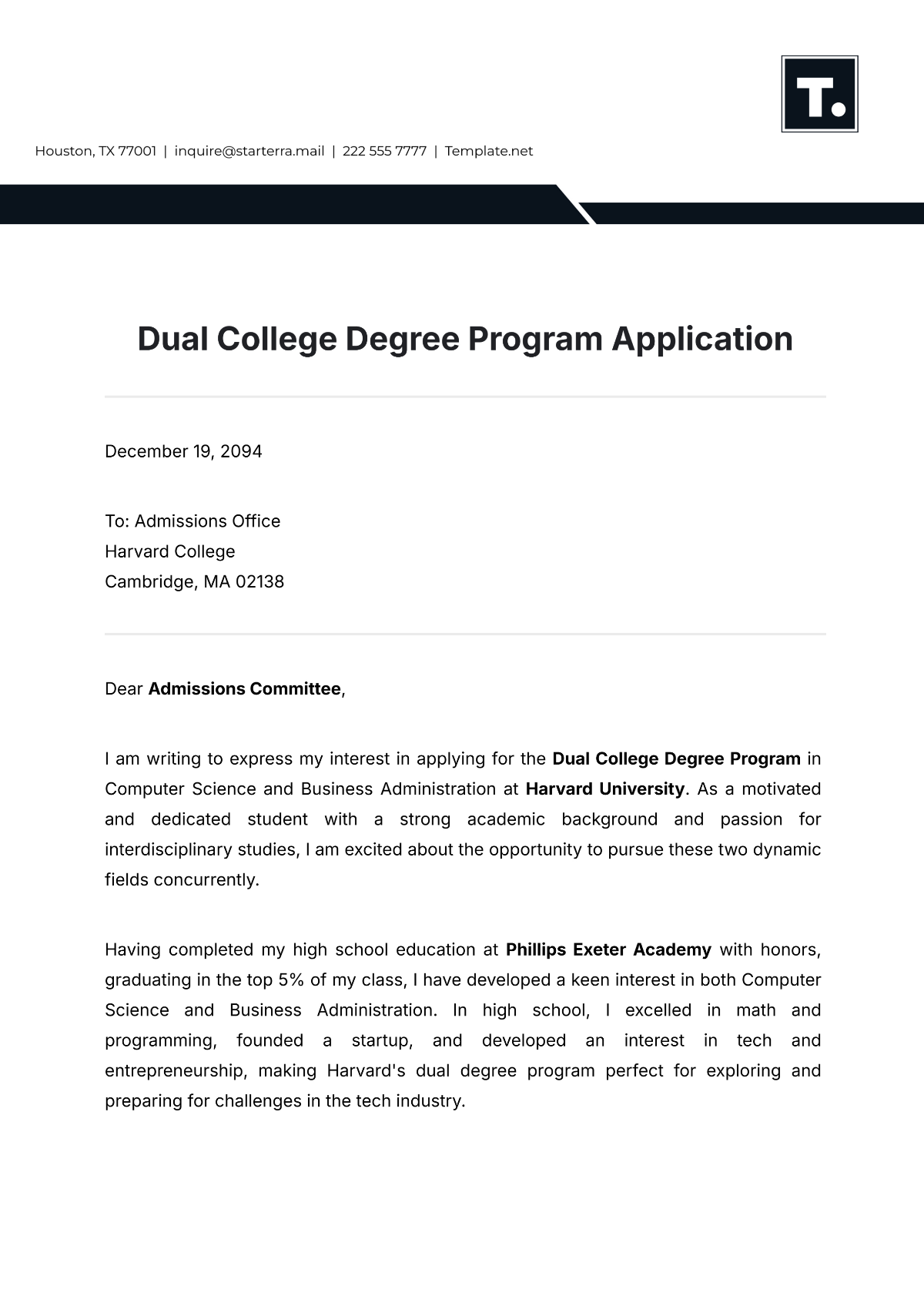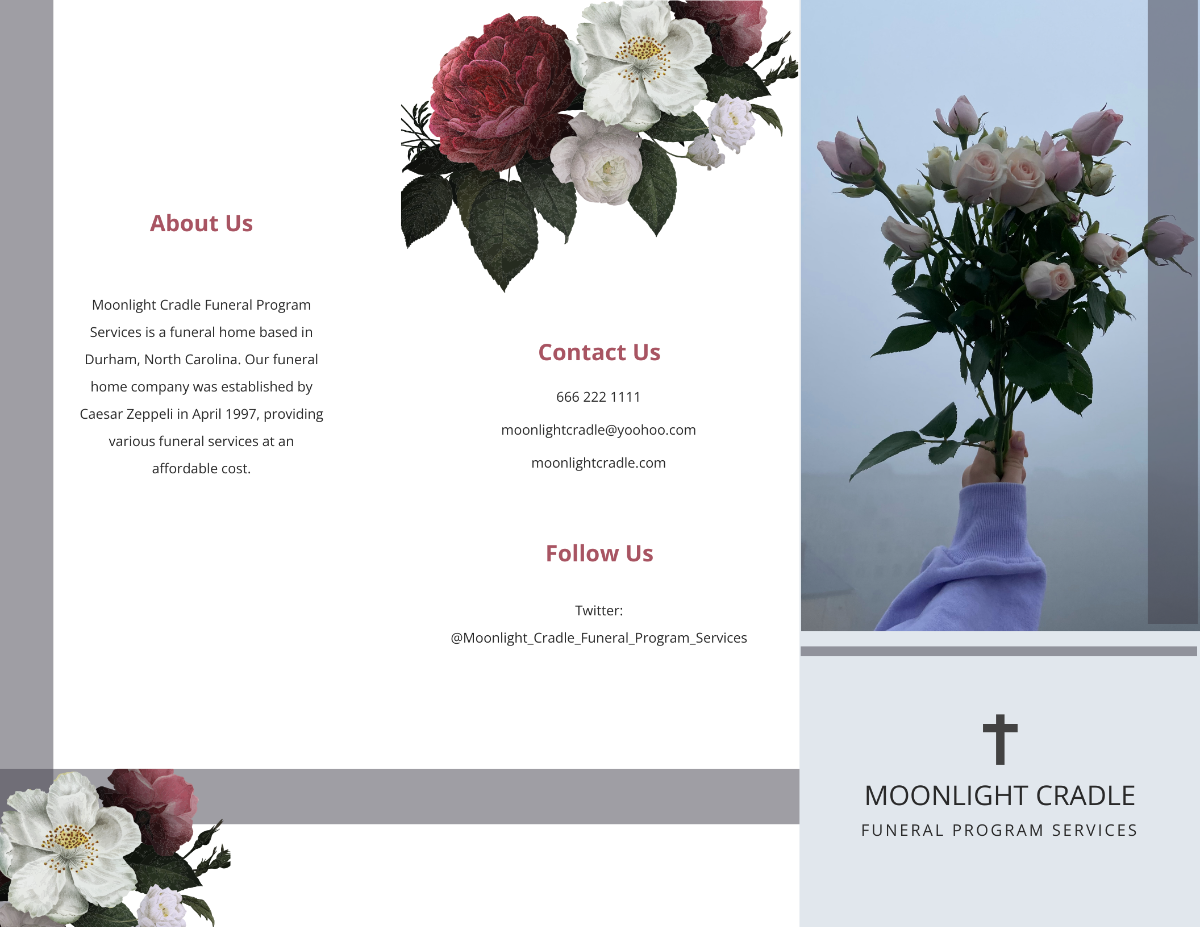Nursing Home Program Incident Report
I. Incident Details
Description of Incident
On [Date], during morning rounds, [Resident A], an 85-year-old male with a history of dementia, was found lying on the floor of his room by [Nurse B]. [Resident A] appeared to have slipped while attempting to get out of bed unassisted. There were no visible signs of trauma, but he complained of pain in his right hip. The incident occurred approximately 30 minutes after breakfast when [Resident A] attempted to use the bathroom independently. It was noted that [Resident A] had previously expressed frustration with waiting for assistance and had attempted similar actions in the past.
Context and Contributing Factors
[Resident A]'s room was located near the bathroom, providing him with easy access but also increasing the risk of unsupervised attempts at mobility. Additionally, [Resident A]'s recent decline in cognitive function and increasing agitation may have contributed to his decision to attempt self-transfer. Staff members had observed [Resident A]'s declining mobility and cognition but had not implemented additional interventions or supervision measures in response.
Potential Consequences
While [Resident A] did not sustain serious injuries from this incident, the fall could have resulted in more severe consequences, including fractures or head trauma. This incident underscores the importance of proactive monitoring and intervention for residents with cognitive impairments and mobility limitations. Failure to address the underlying causes and risk factors may increase the likelihood of future incidents and compromise resident safety.
II. Individuals Involved
Resident(s) Involved
[Resident A] (Room 203) - An 85-year-old male with a history of dementia and mobility issues. [Resident A] has a care plan in place that includes assistance with activities of daily living, including transfers and toileting.
Staff Involved
[Nurse B] (R.N.) - Discovered [Resident A] on the floor and initiated the response protocol. Nurse B has been assigned to [Resident A]'s care for the past month and is familiar with his medical history and care needs. [Nurse Assistant C] - Assisted Nurse B in providing immediate care and support to [Resident A]. [Nurse Assistant C] has received training in resident care and is responsible for assisting with activities of daily living under the supervision of nursing staff.
Notification and Communication
Following the incident, [Nurse B] immediately notified the Charge Nurse and Facility Administrator, providing them with a detailed report of the situation. The Charge Nurse coordinated communication with [Resident A]'s family members, informing them of the incident and [Resident A]'s condition. Additionally, Nurse B communicated with other staff members on duty to ensure that appropriate measures were taken to address the incident and maintain resident safety.
III. Actions Taken
Immediate Response
Upon discovering [Resident A] on the floor, [Nurse B] and [Nurse Assistant C] quickly assessed his condition and ensured his safety. They followed established protocols for fall response, including stabilizing [Resident A] and assessing him for injuries. [Nurse B] provided reassurance and support to [Resident A] while [Nurse Assistant C] retrieved a wheelchair to facilitate his transfer back to bed.
Medical Assessment and Intervention
Following the fall, [Resident A] was assessed for injuries, focusing on his hip discomfort and any signs of head trauma. [Nurse B] performed a thorough physical examination, checking for any bruising, swelling, or deformity. Vital signs were monitored, and [Resident A]'s pain level was assessed using a pain scale. Based on the assessment findings, [Nurse B] initiated pain management measures and provided wound care for [Resident A]'s abrasion.
Documentation and Reporting
The incident was documented in detail, including the time, location, and circumstances surrounding the fall. [Nurse B] completed an incident report form, providing a comprehensive account of the incident and the actions taken. This report was submitted to the Charge Nurse and Facility Administrator for review and follow-up. Additionally, [Nurse B] documented the incident in [Resident A]'s electronic medical record, ensuring that all relevant information was accurately recorded for future reference and care planning.
IV. Follow-Up Actions
Care Plan Revision
The interdisciplinary team conducted a comprehensive review of [Resident A]'s care plan to incorporate additional interventions aimed at reducing fall risk. Specific modifications included updating [Resident A]'s care plan to include more frequent checks for toileting needs, implementing a toileting schedule to reduce urgency, and incorporating strategies for redirecting [Resident A]'s behavior when he becomes agitated. The revised care plan also emphasized the importance of consistent staff communication and collaboration in implementing fall prevention strategies and managing [Resident A]'s care effectively.
Staff Training and Education
In response to the incident, all nursing staff members underwent mandatory training sessions focused on fall prevention strategies and dementia care best practices. Training topics included recognizing early signs of agitation and distress in residents with cognitive impairments, implementing effective communication techniques to de-escalate challenging behaviors, and utilizing assistive devices safely during transfers. Hands-on simulations and role-playing exercises were integrated into the training curriculum to enhance staff competency and confidence in managing complex care scenarios.
Ongoing Monitoring and Evaluation
The facility implemented a system for ongoing monitoring and evaluation of fall prevention efforts, including regular audits of care practices and environmental safety assessments. Nursing supervisors conducted periodic rounds to observe staff adherence to fall prevention protocols and provide feedback on performance. Incident reports and near-miss reports were reviewed systematically to identify trends, assess the effectiveness of interventions, and implement targeted improvements to enhance resident safety and quality of care.
Family Involvement and Support
The interdisciplinary team engaged [Resident A]'s family members in discussions regarding the incident and collaborated with them to develop a comprehensive plan for ongoing support and involvement in [Resident A]'s care. Family members were provided with education materials and resources on dementia care and fall prevention, empowering them to contribute actively to [Resident A]'s safety and well-being. The team encouraged open communication with family members, addressing any questions or concerns they had and soliciting their input on care decisions to ensure a holistic approach to [Resident A]'s care.
V. Analysis and Risk Assessment
Root Cause Analysis
A root cause analysis was conducted to identify the underlying factors contributing to the incident and inform targeted interventions to prevent similar occurrences in the future. Key contributing factors identified included [Resident A]'s cognitive decline and impaired judgment, inadequate supervision during high-risk periods, and environmental factors such as the layout of [Resident A]'s room and bathroom. The analysis underscored the need for a multifaceted approach to fall prevention, addressing both individual resident factors and systemic issues within the facility.
Risk Assessment and Mitigation Strategies
Based on the findings of the root cause analysis, the interdisciplinary team developed a risk assessment matrix to evaluate the likelihood and severity of future fall incidents among residents with similar risk profiles. Mitigation strategies included implementing personalized care plans tailored to residents' specific needs and preferences, enhancing staff training and education on fall prevention, and optimizing environmental design to minimize hazards and promote resident safety. Regular reassessment and adjustment of interventions were prioritized to address evolving resident needs and maintain a proactive approach to risk management.
Continuous Quality Improvement
The facility committed to a culture of continuous quality improvement, integrating feedback from incident investigations and quality assurance processes into ongoing efforts to enhance resident safety and care quality. Quality improvement initiatives focused on optimizing care delivery processes, enhancing staff communication and collaboration, and fostering a culture of safety and accountability among team members. Data-driven decision-making and regular performance monitoring were emphasized to ensure that improvements were sustained over time and aligned with the facility's mission of providing high-quality, person-centered care.
Regulatory Compliance and Reporting
In addition to internal quality improvement efforts, the facility maintained compliance with regulatory requirements related to incident reporting and fall prevention. Incident reports were submitted to regulatory agencies as required, with a focus on transparency, thorough documentation, and timely follow-up. The facility proactively engaged with regulatory bodies to address any identified areas for improvement and demonstrate a commitment to ensuring resident safety and regulatory compliance.
VI. Recommendations
Interdisciplinary Collaboration
The facility emphasized the importance of interdisciplinary collaboration in promoting resident safety and quality of care. Recommendations included regular multidisciplinary care conferences to review complex cases and develop coordinated care plans, as well as ongoing communication and collaboration between nursing, medical, and support staff to ensure continuity of care and consistency in implementing interventions.
Staff Development and Training
To support staff development and enhance competencies in dementia care and fall prevention, recommendations were made for ongoing training opportunities and professional development resources. This included participation in continuing education programs, access to online learning modules and resources, and opportunities for hands-on skill development and mentorship.
Environmental Modifications
To address environmental hazards and minimize fall risks within the facility, recommendations were made for ongoing environmental assessments and targeted modifications. This included ensuring adequate lighting, clear signage, and accessible pathways throughout the facility, as well as regular maintenance and inspection of equipment and assistive devices to ensure their safety and effectiveness.
Family Engagement and Support
Recognizing the integral role of family members in supporting resident well-being, recommendations were made for enhanced family engagement initiatives and support services. This included providing family members with education and resources on dementia care and fall prevention, facilitating regular communication and collaboration between families and care teams, and offering support groups and counseling services to address caregiver stress and promote resilience.

